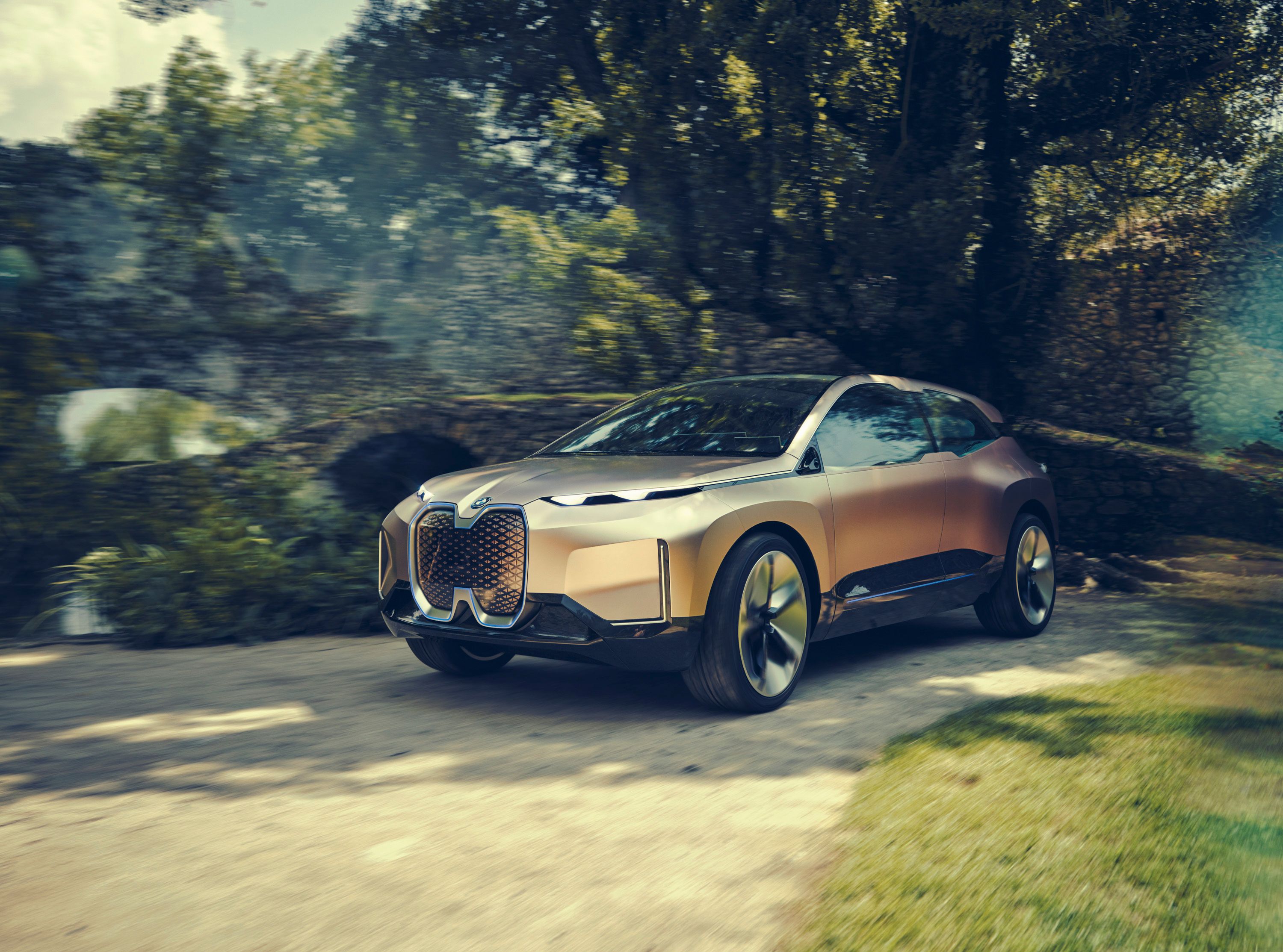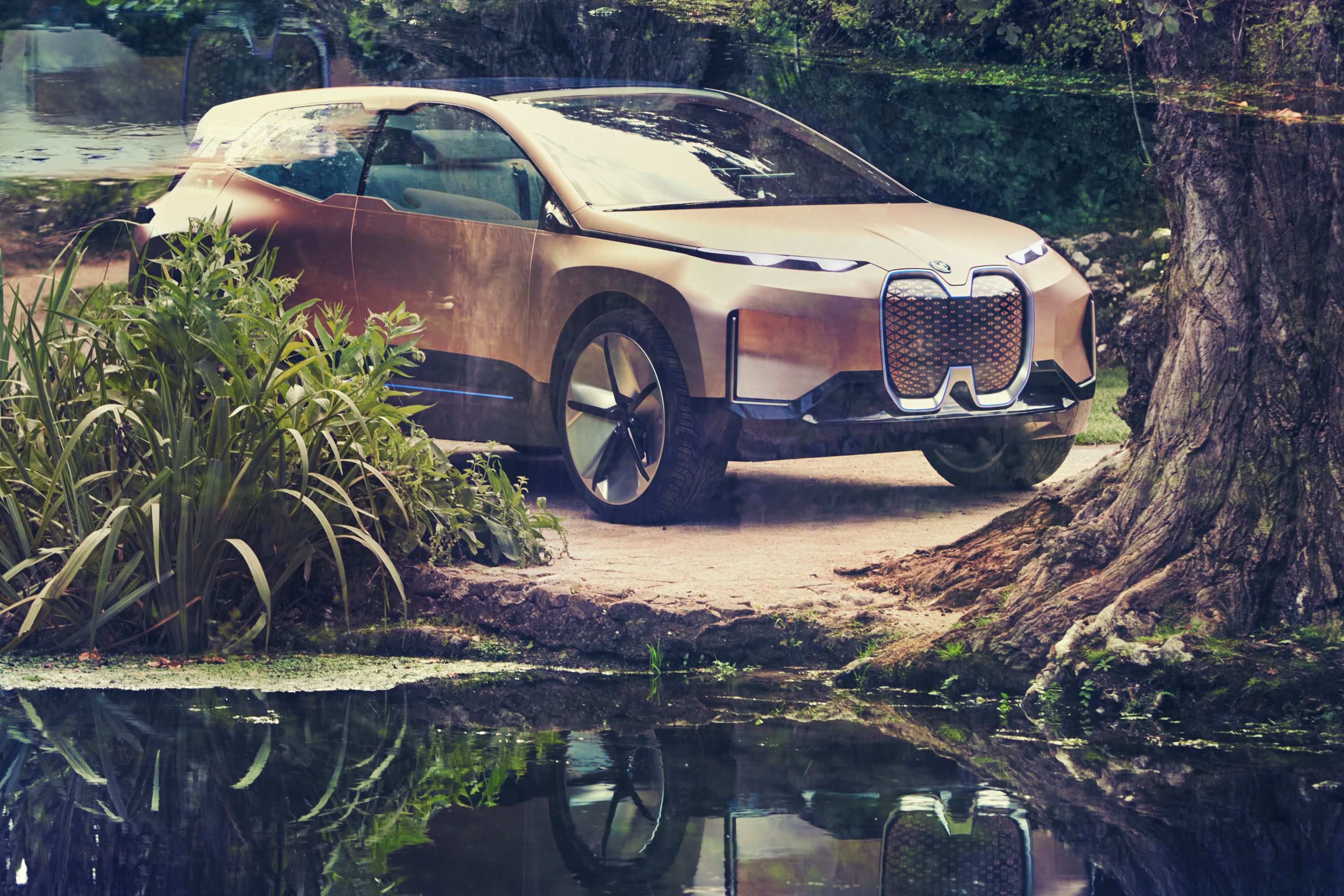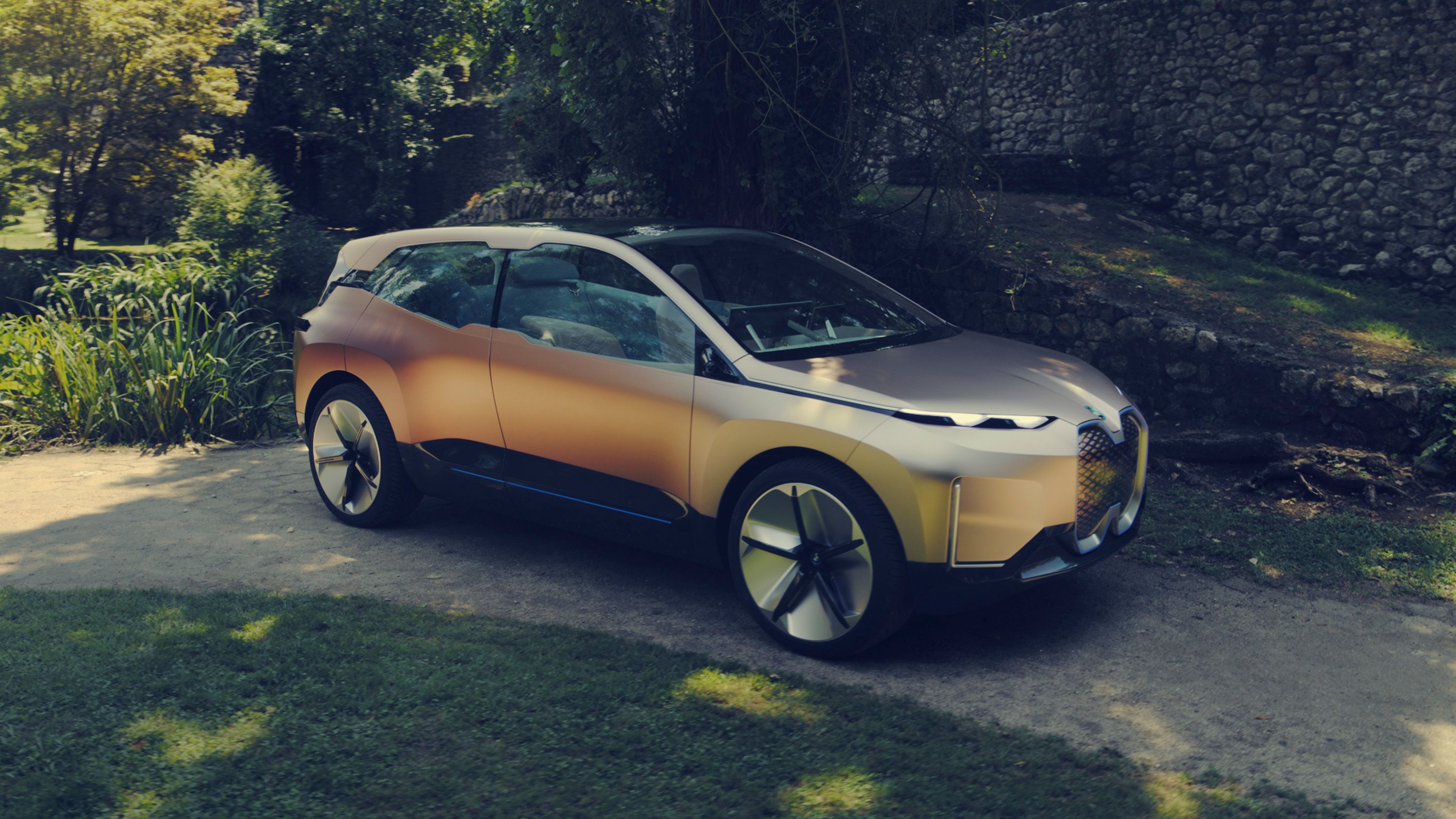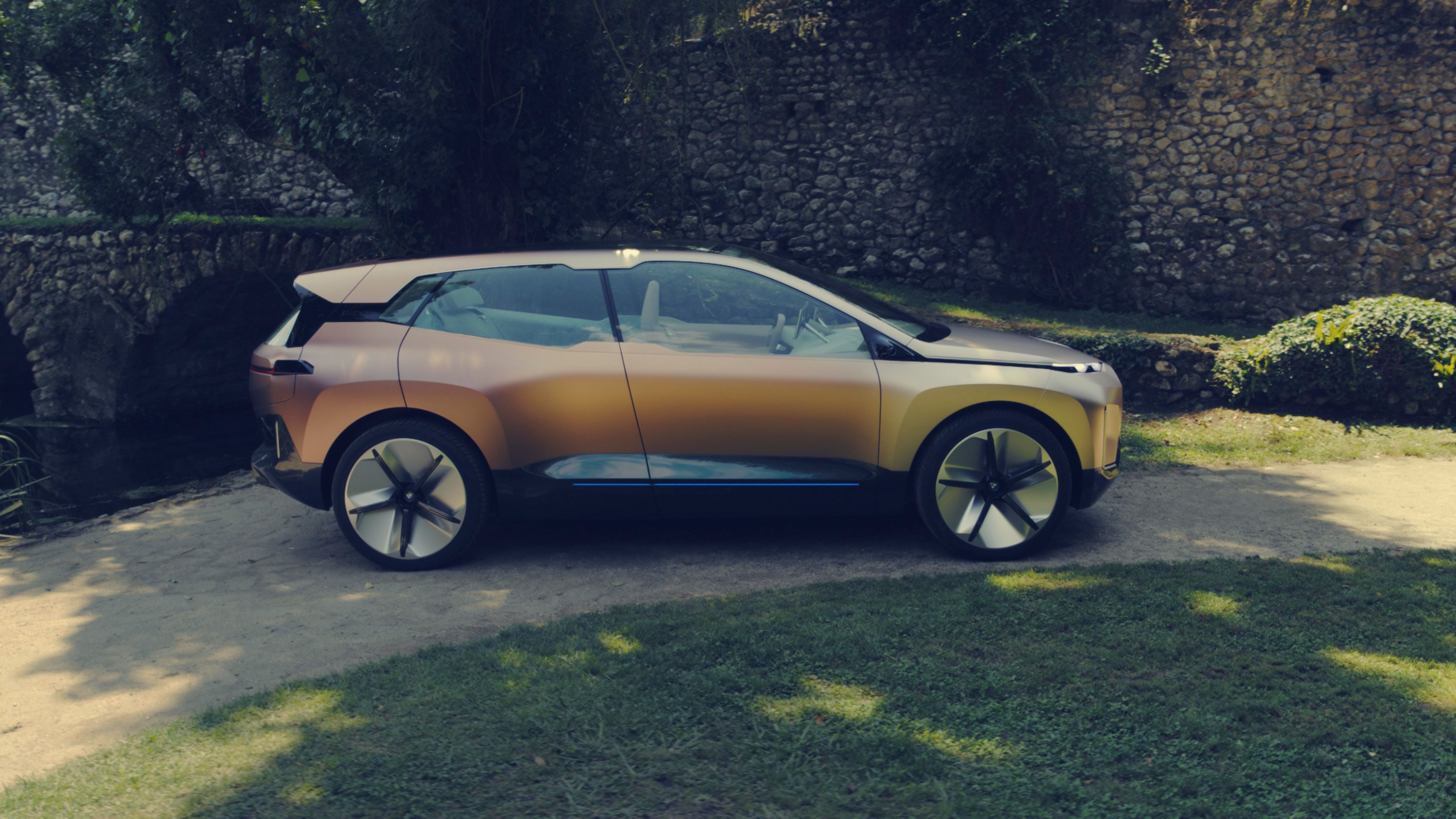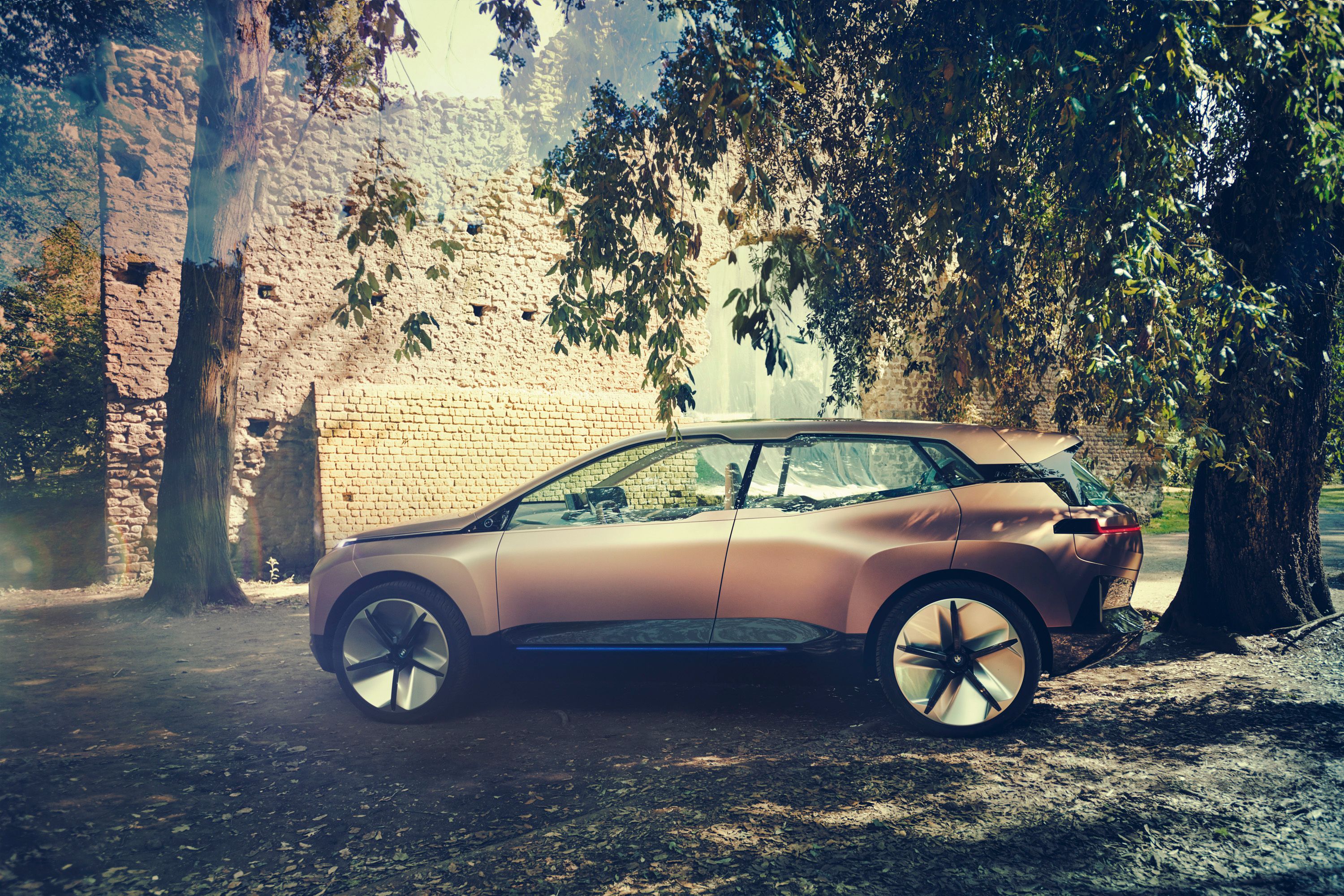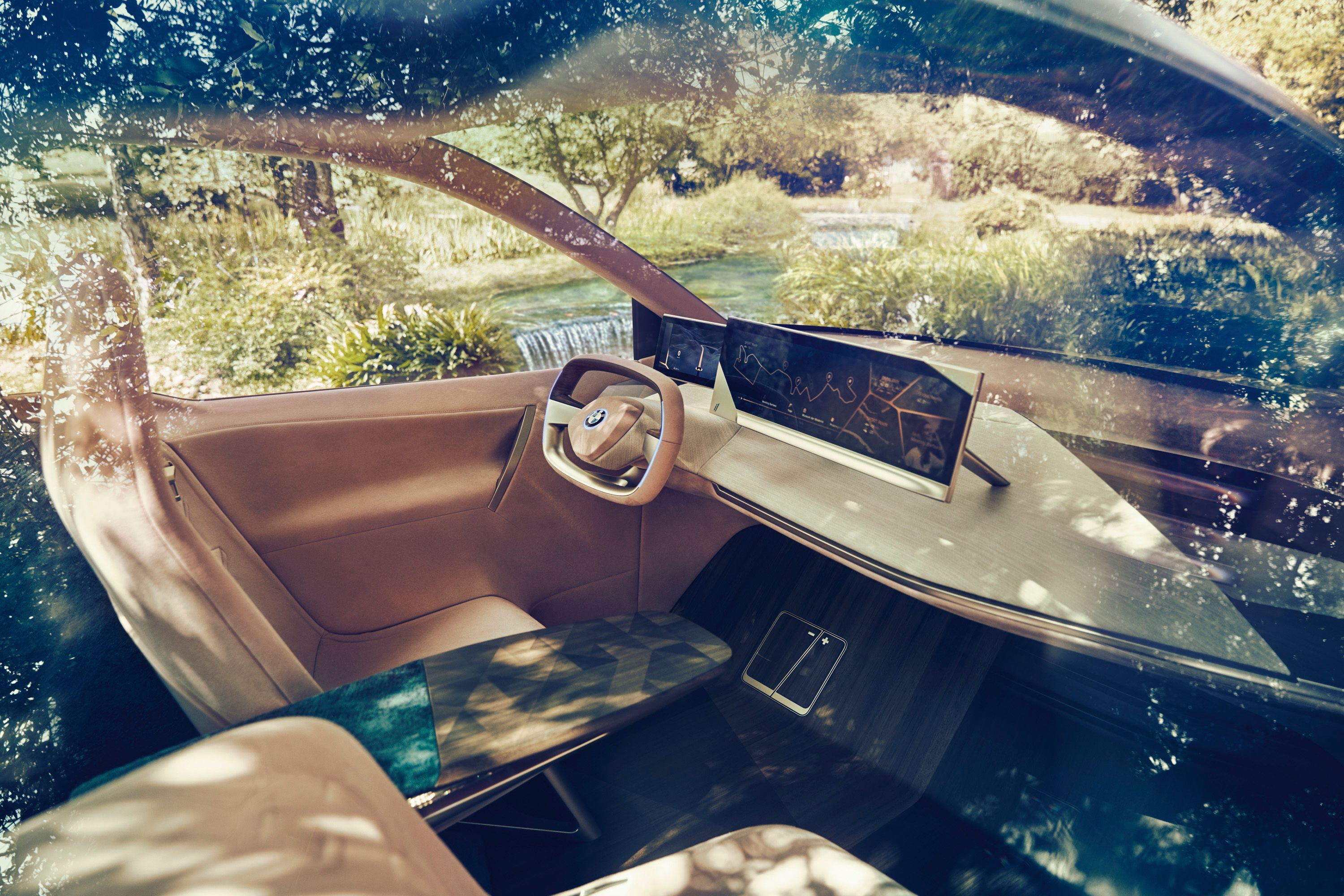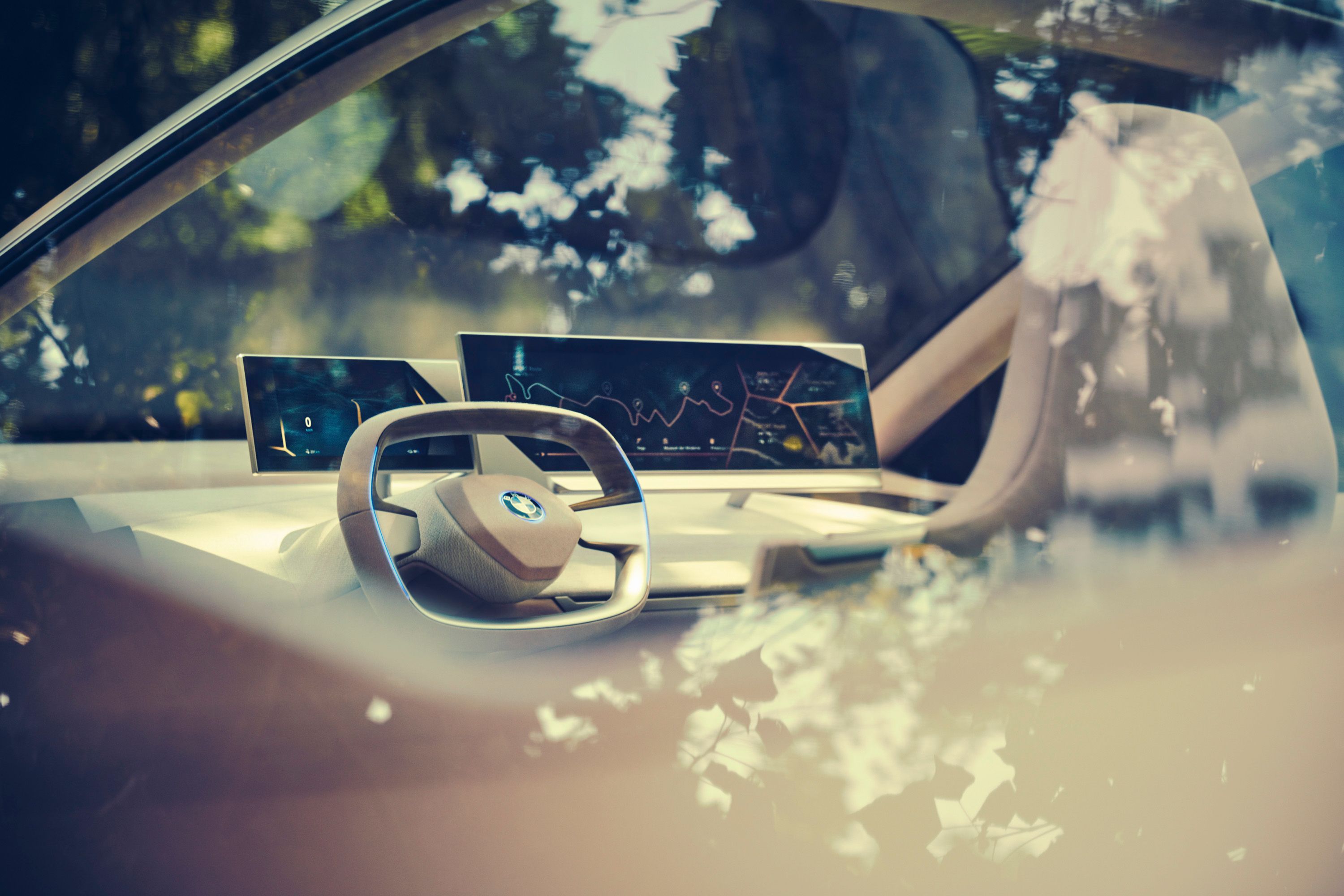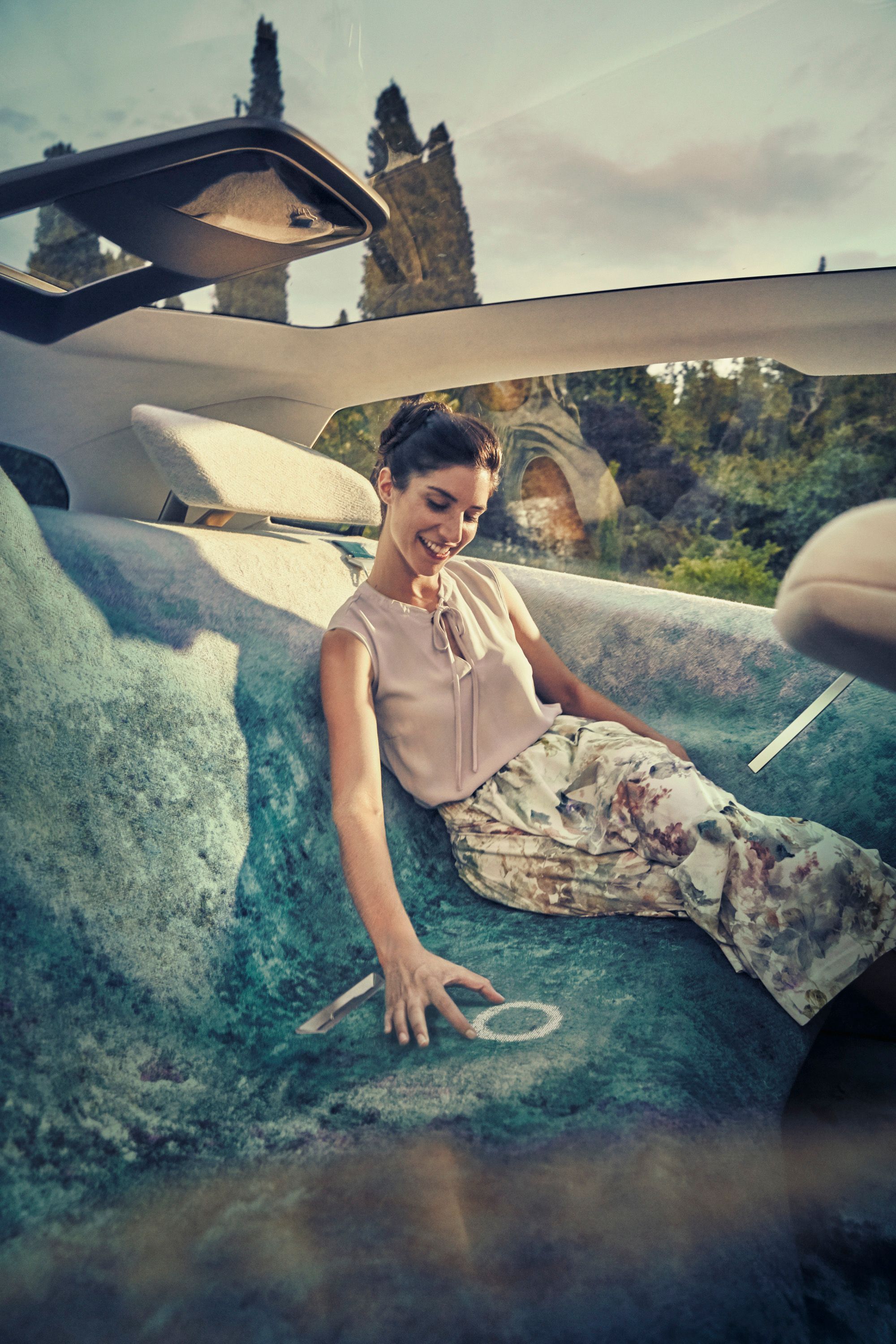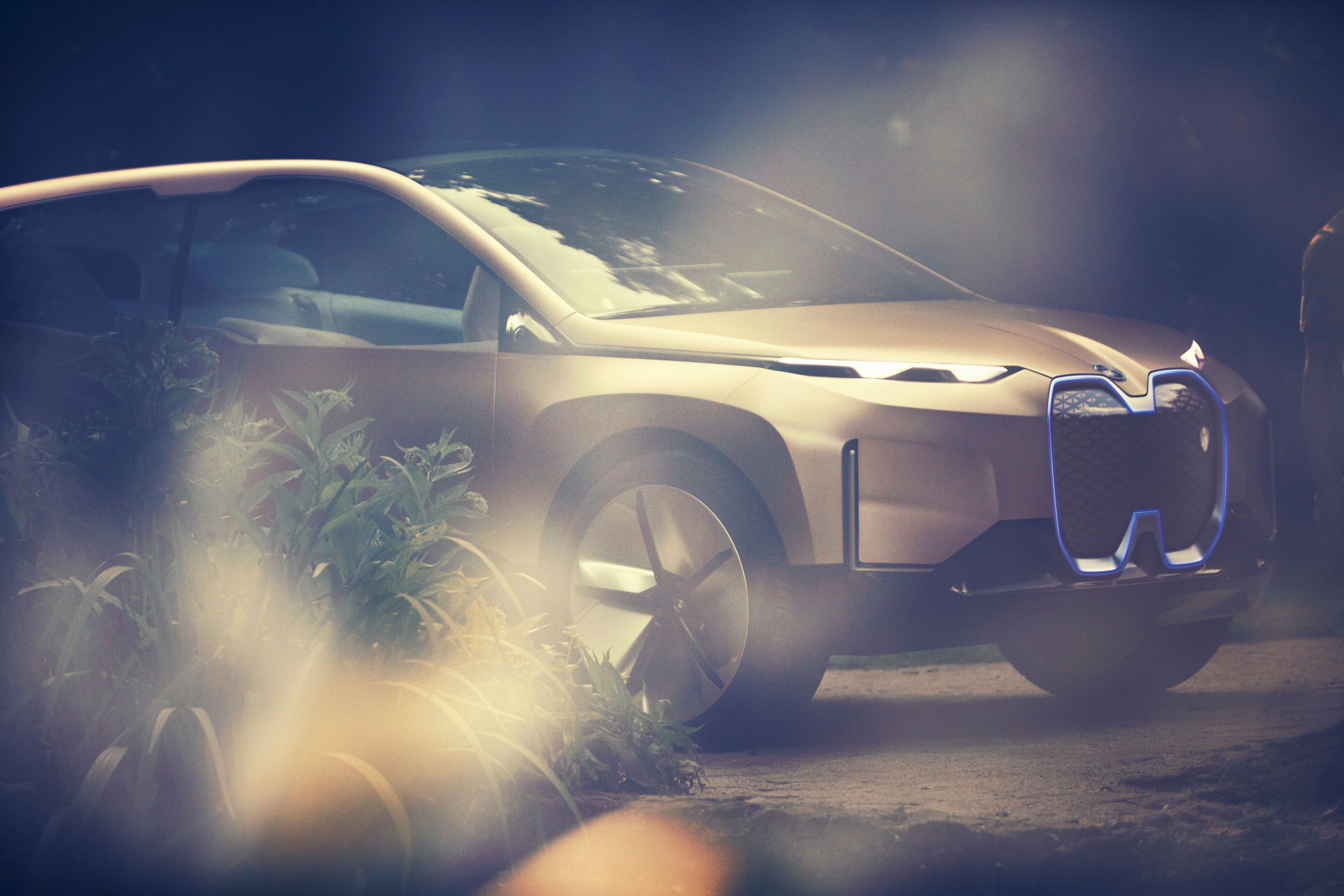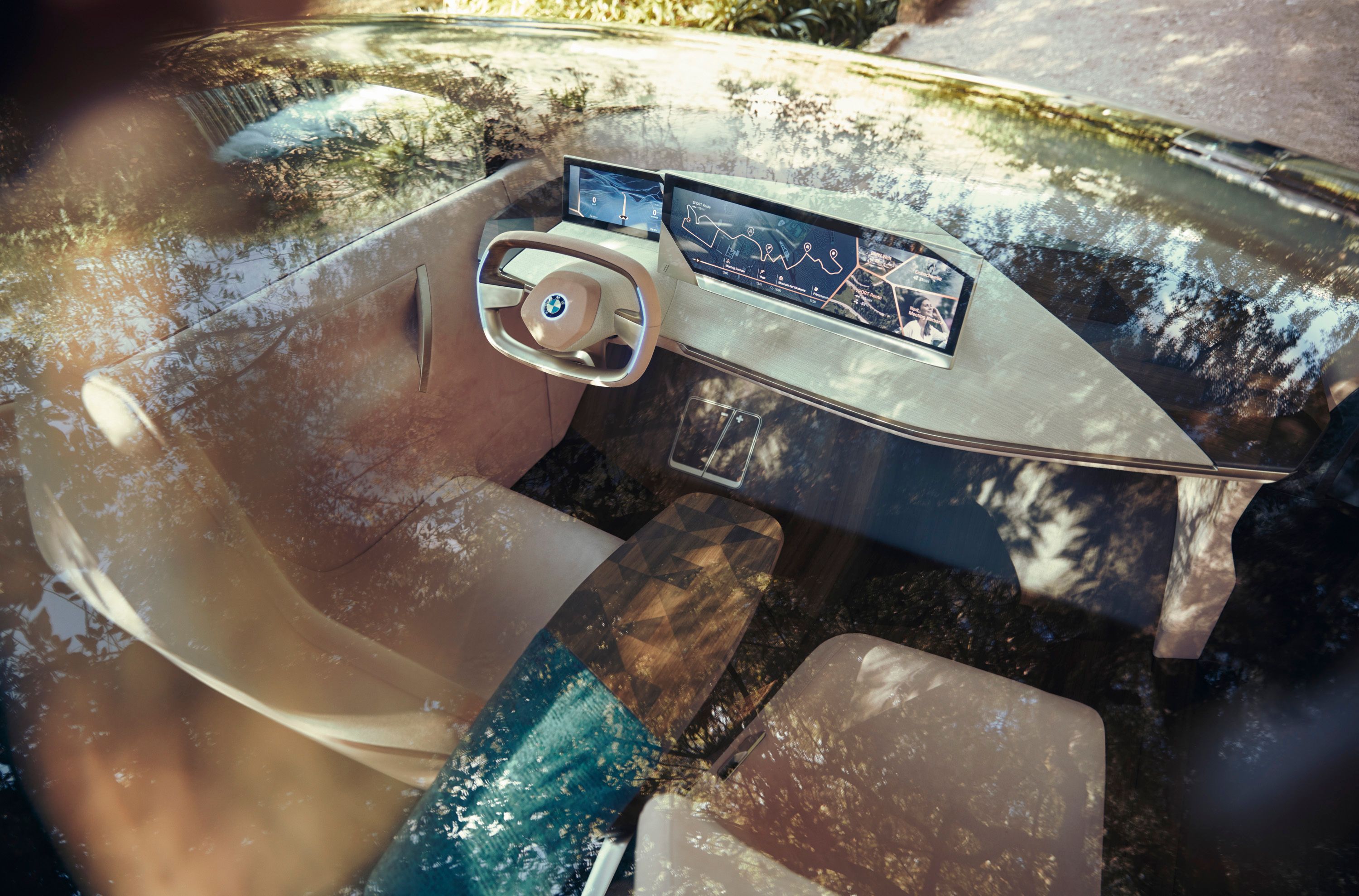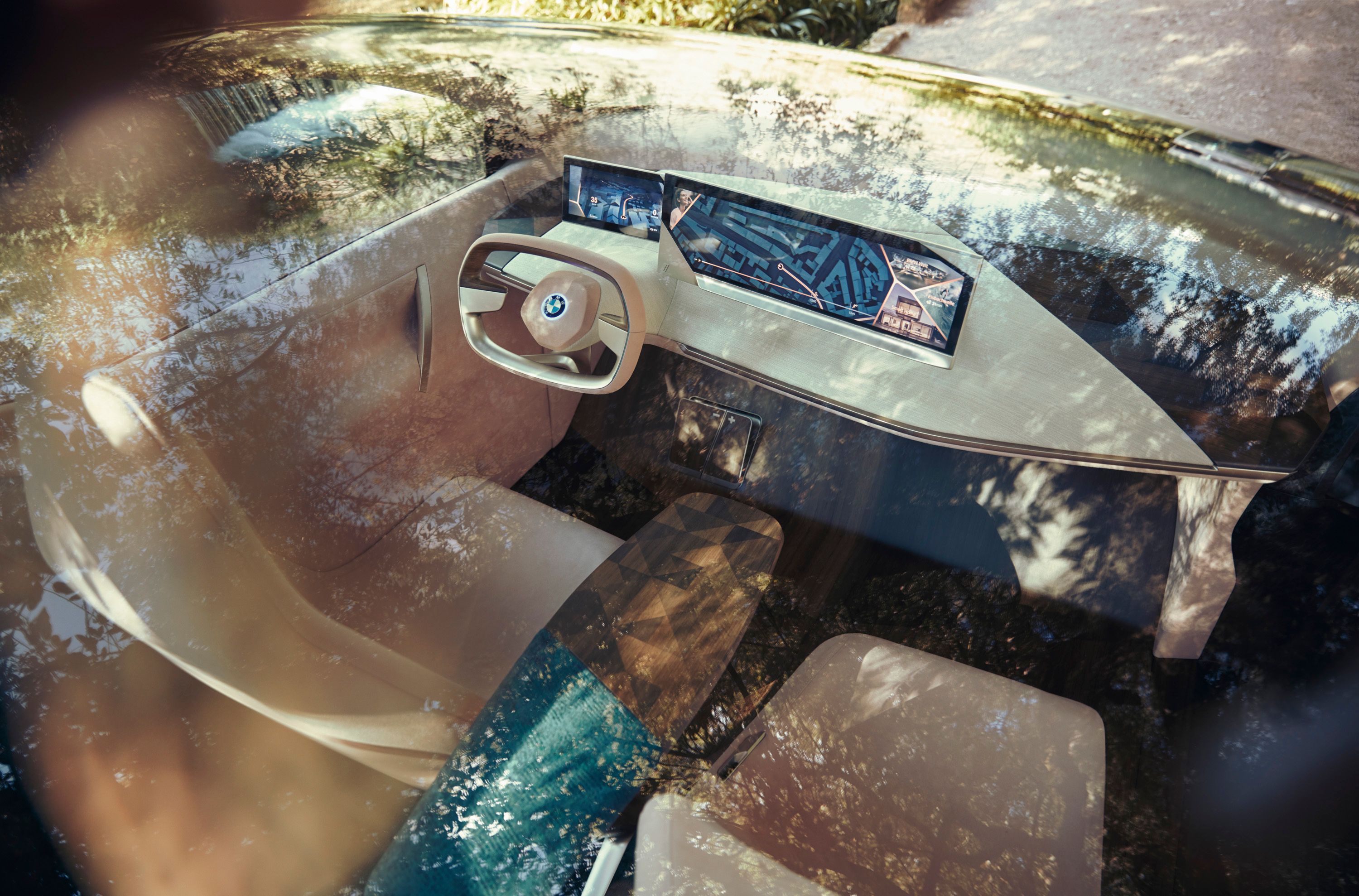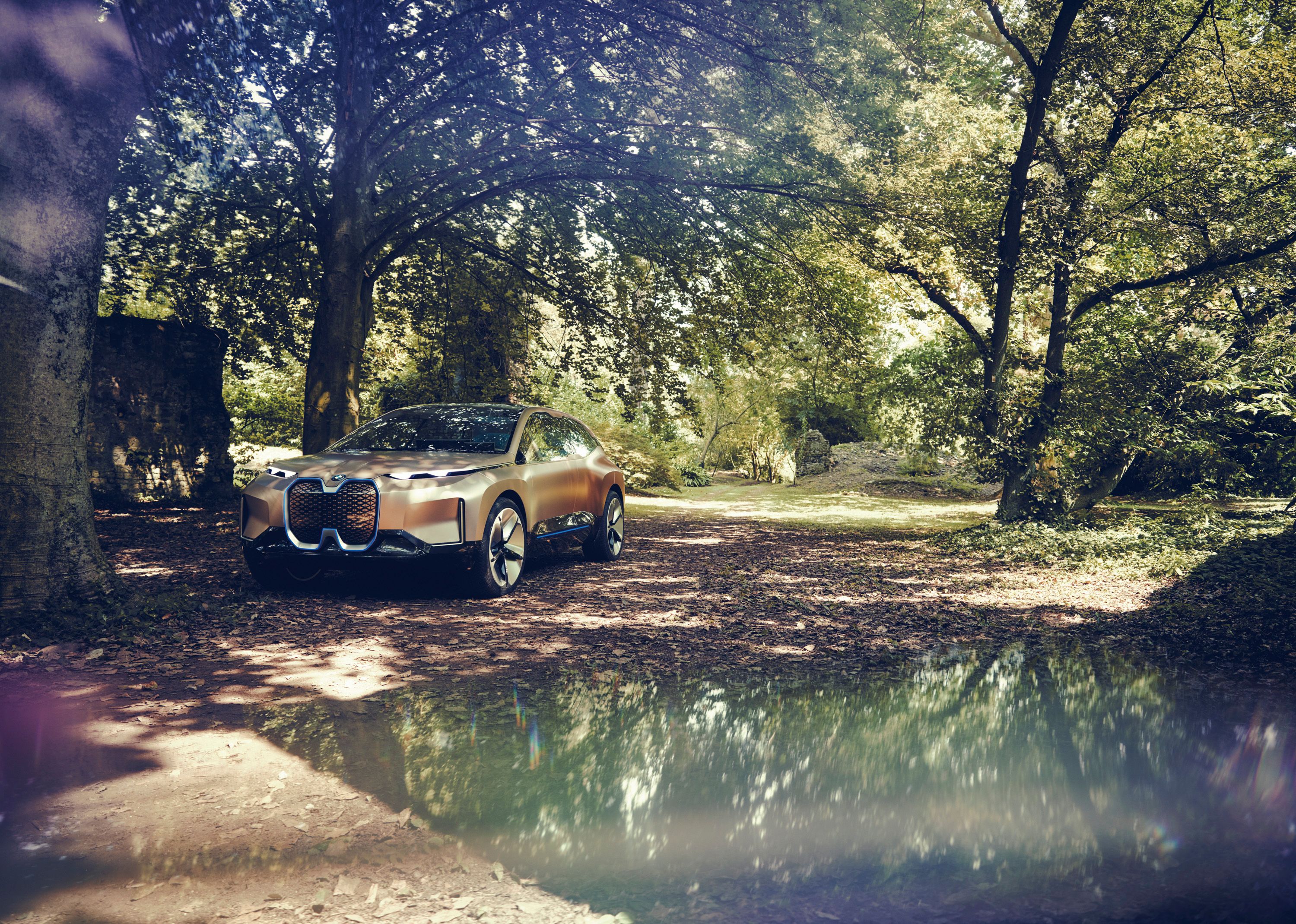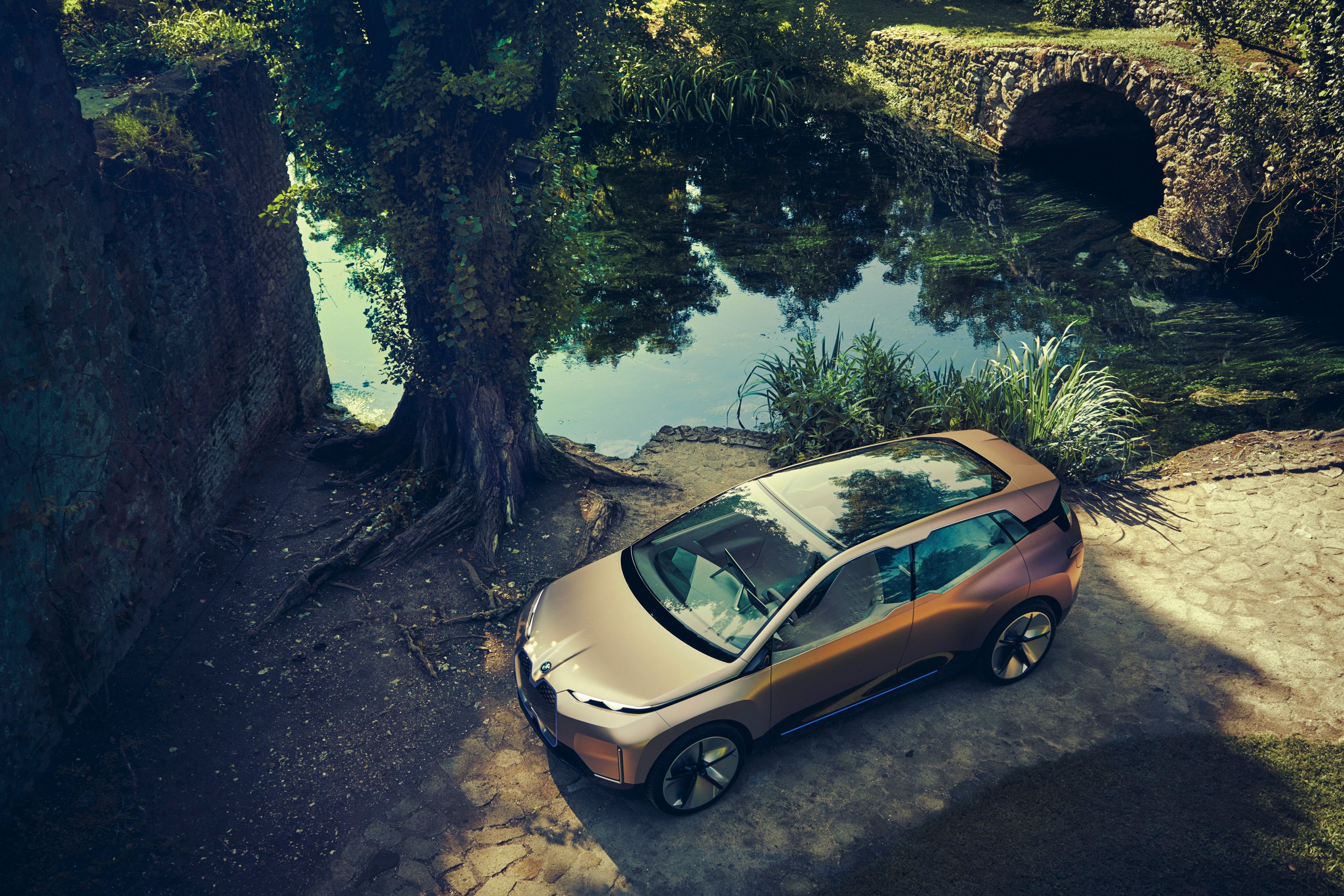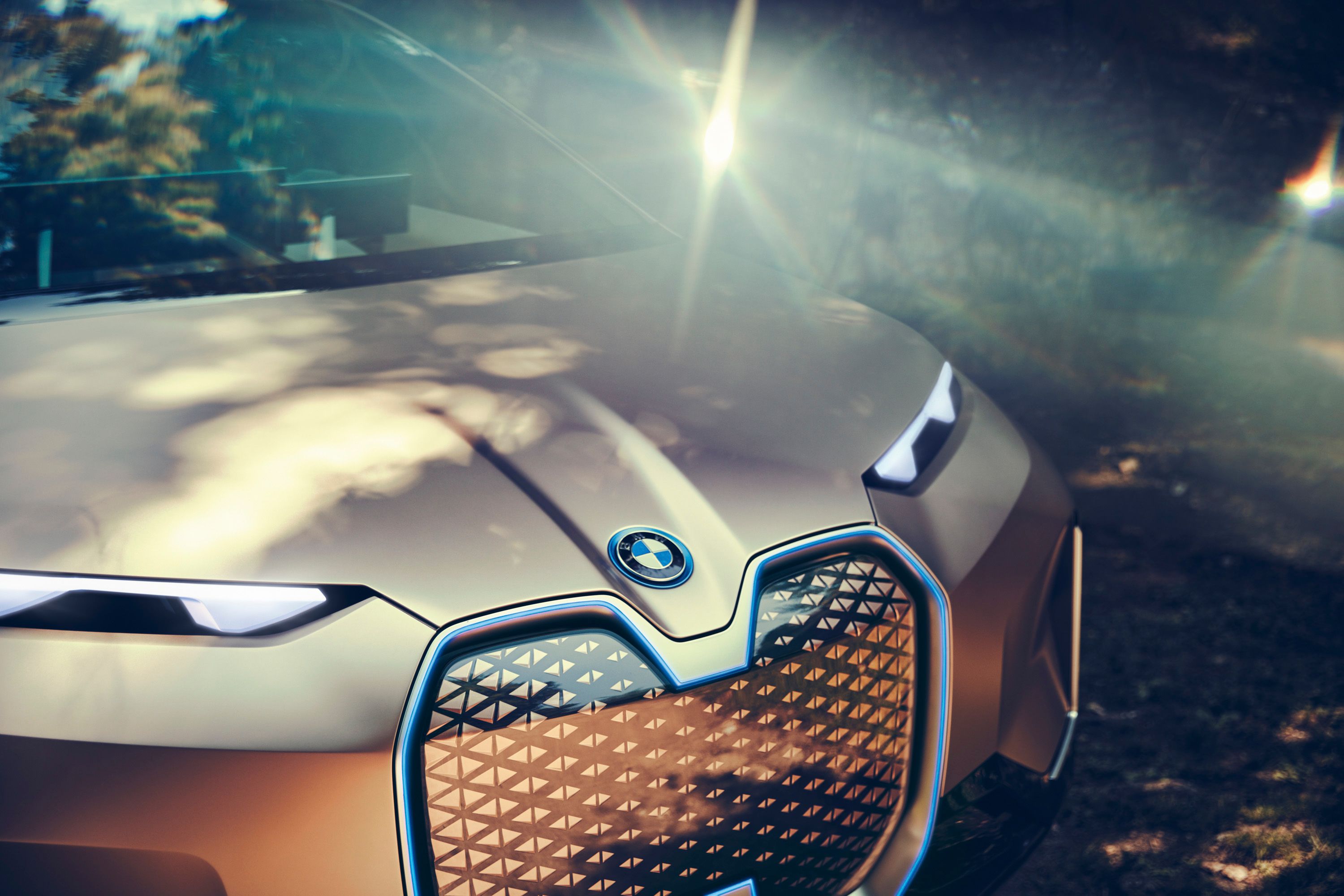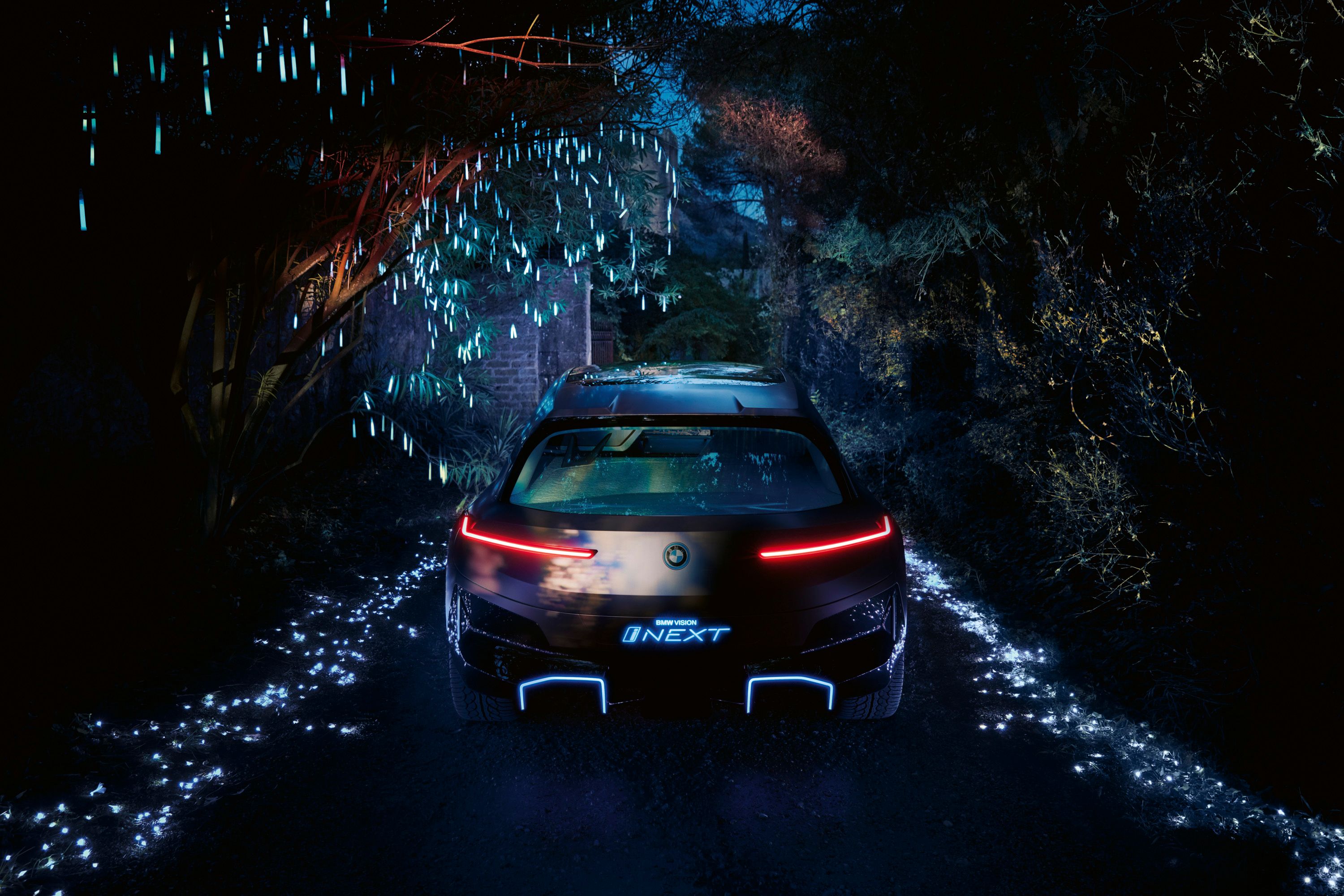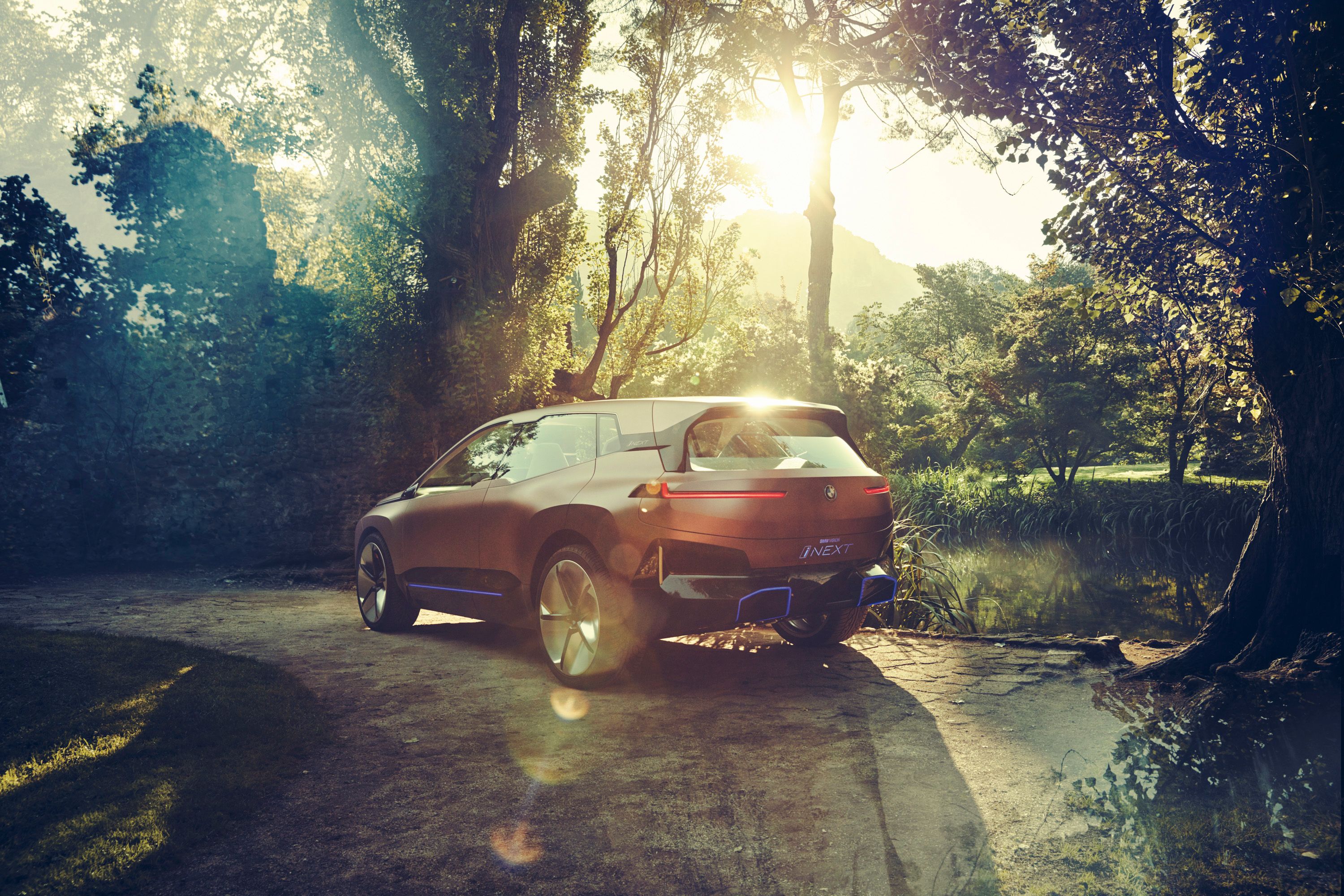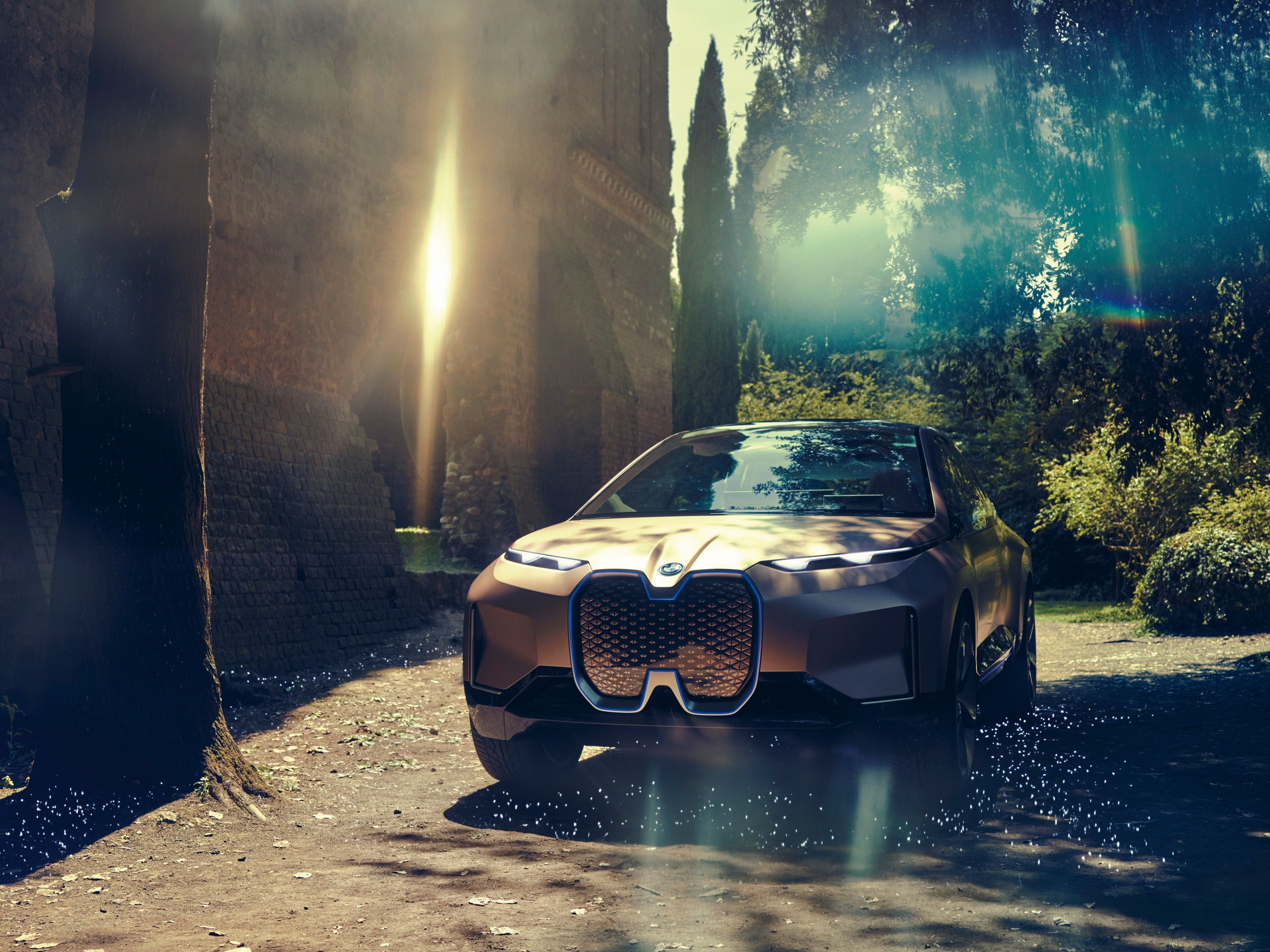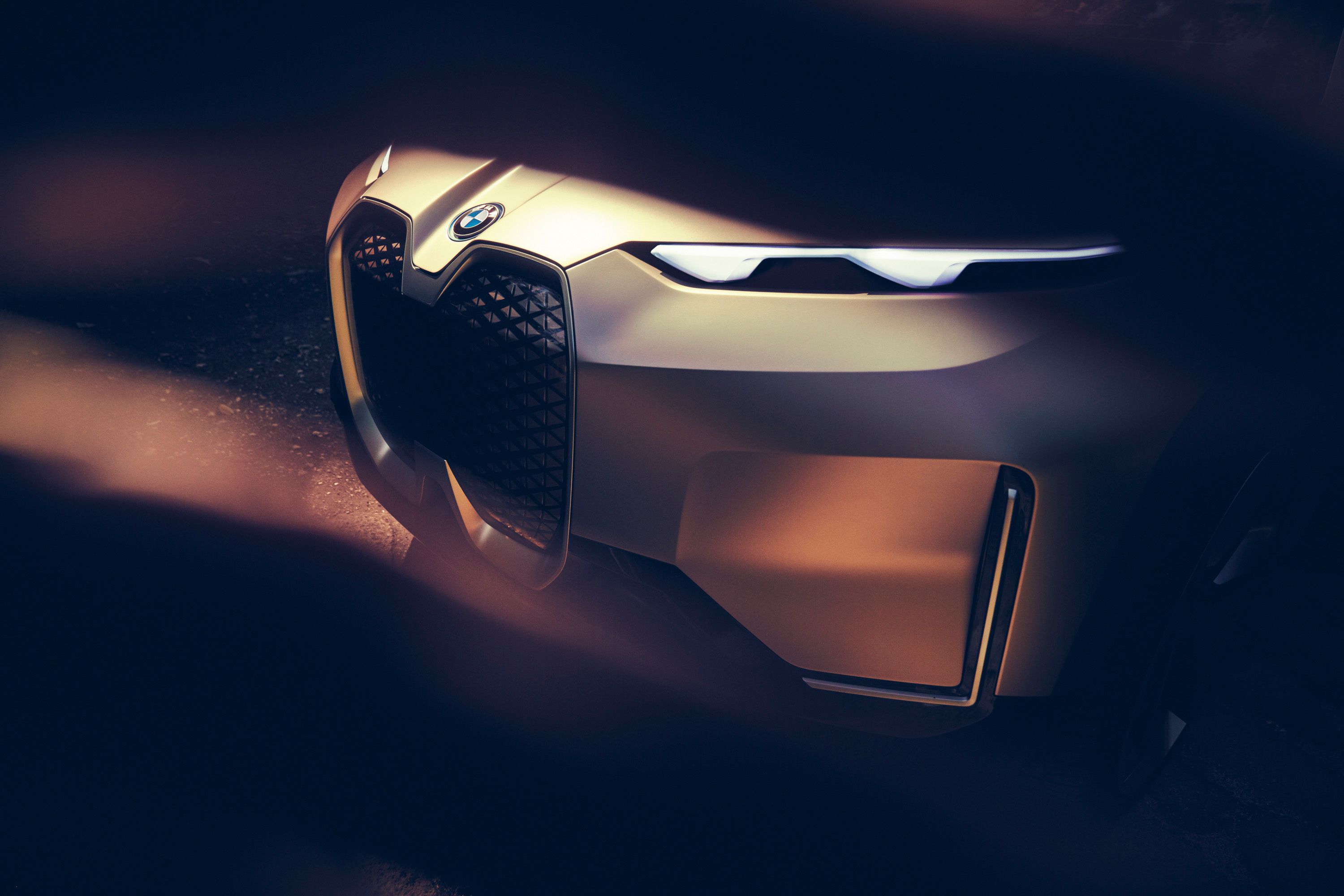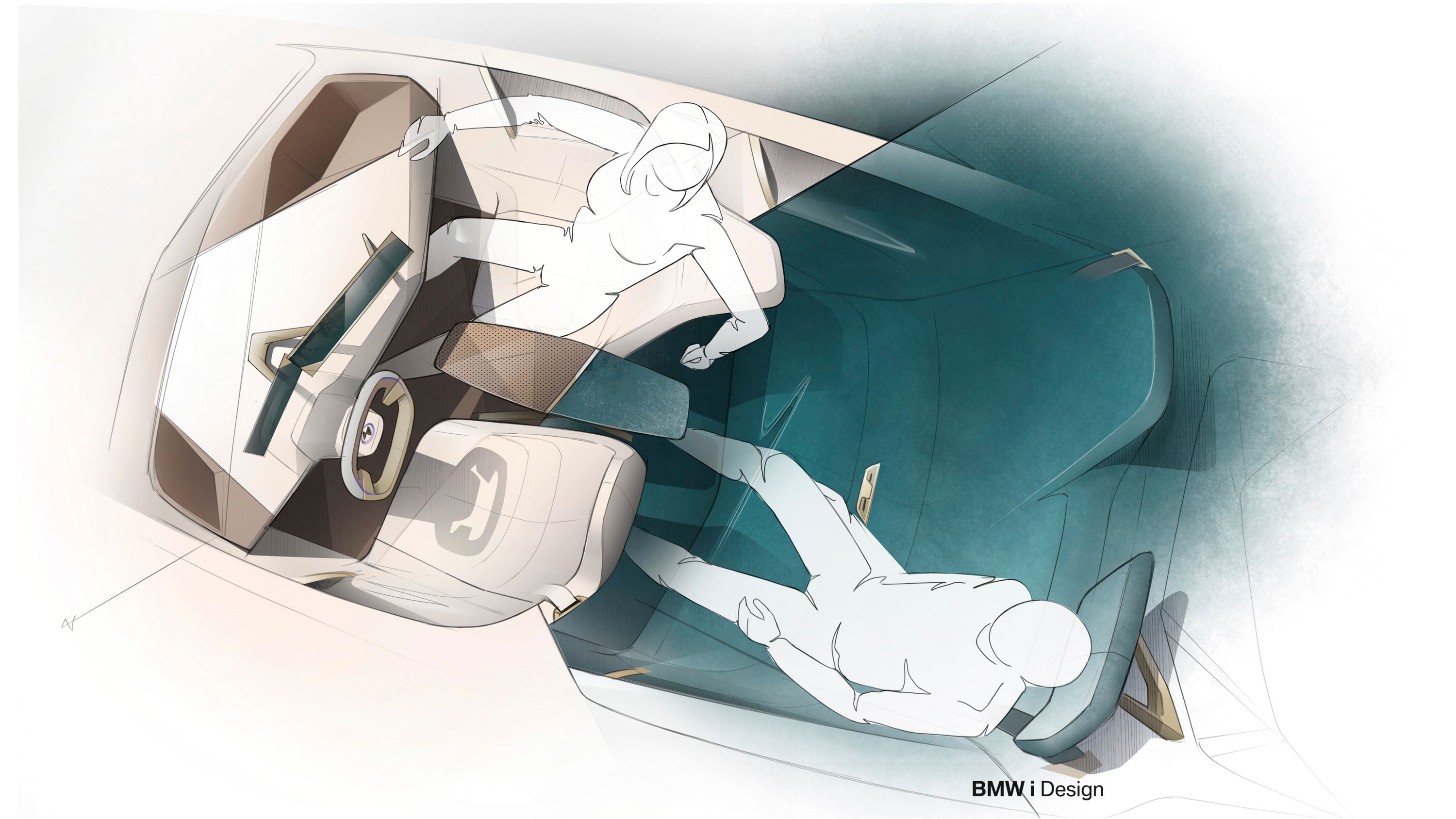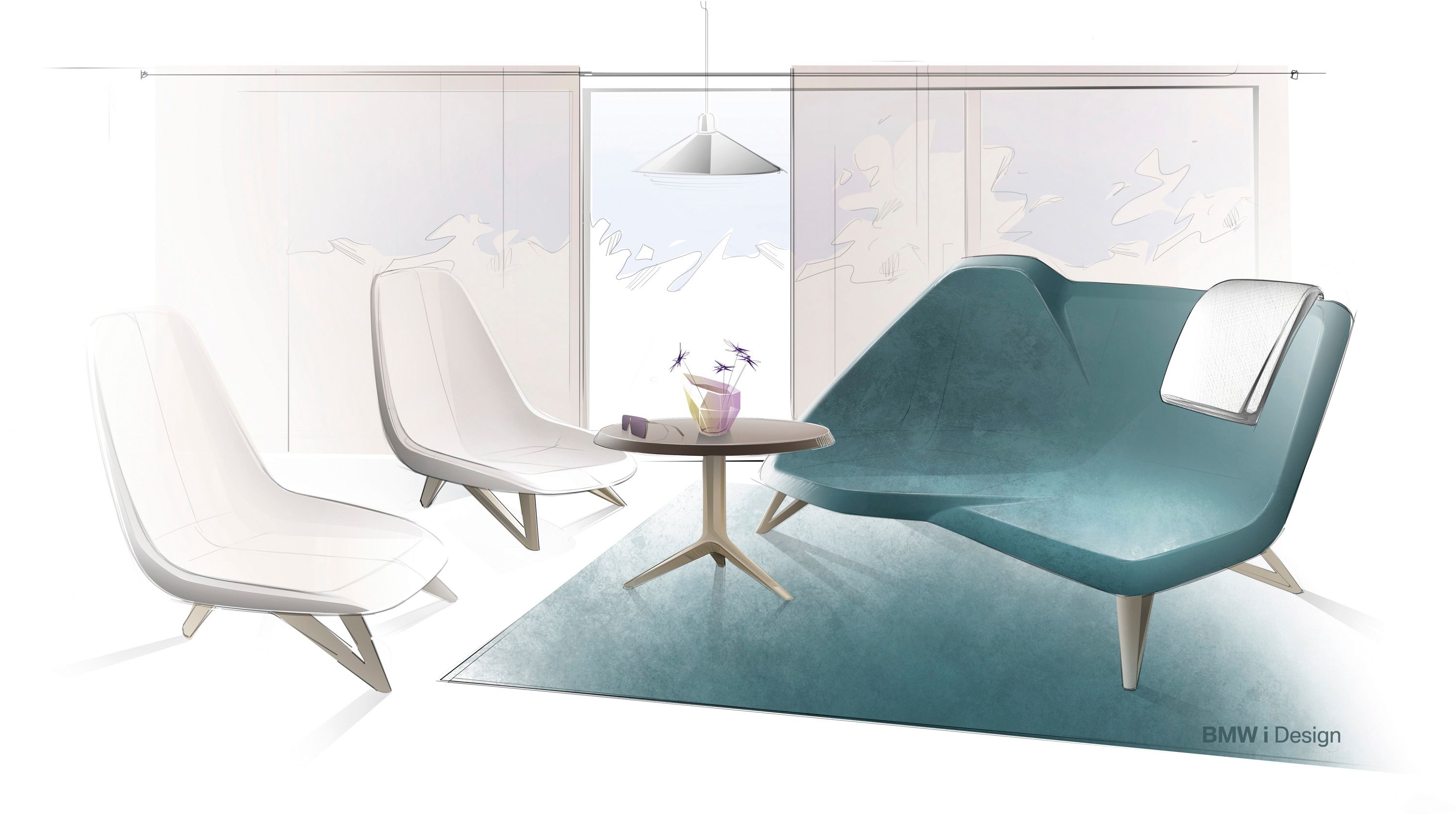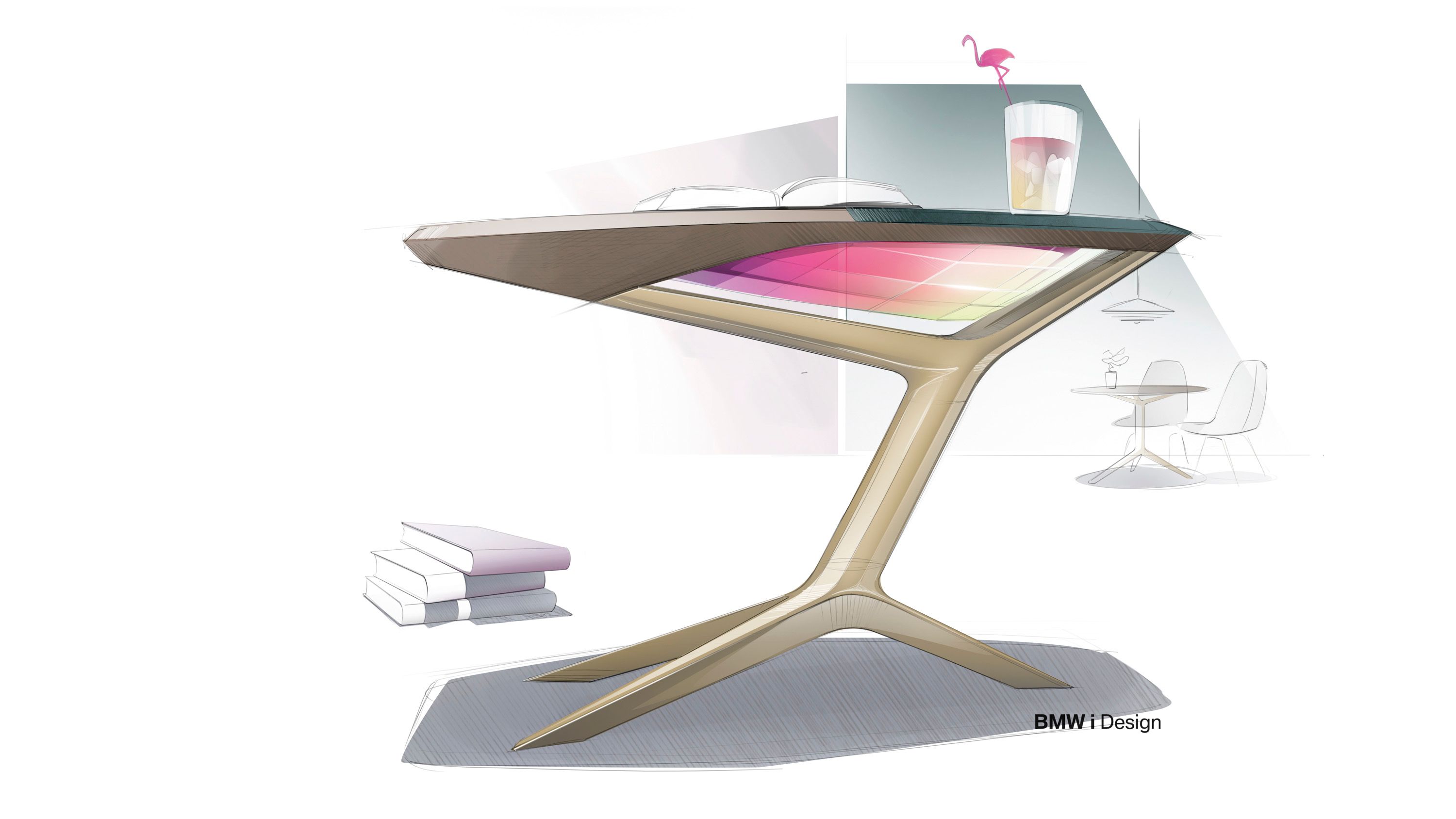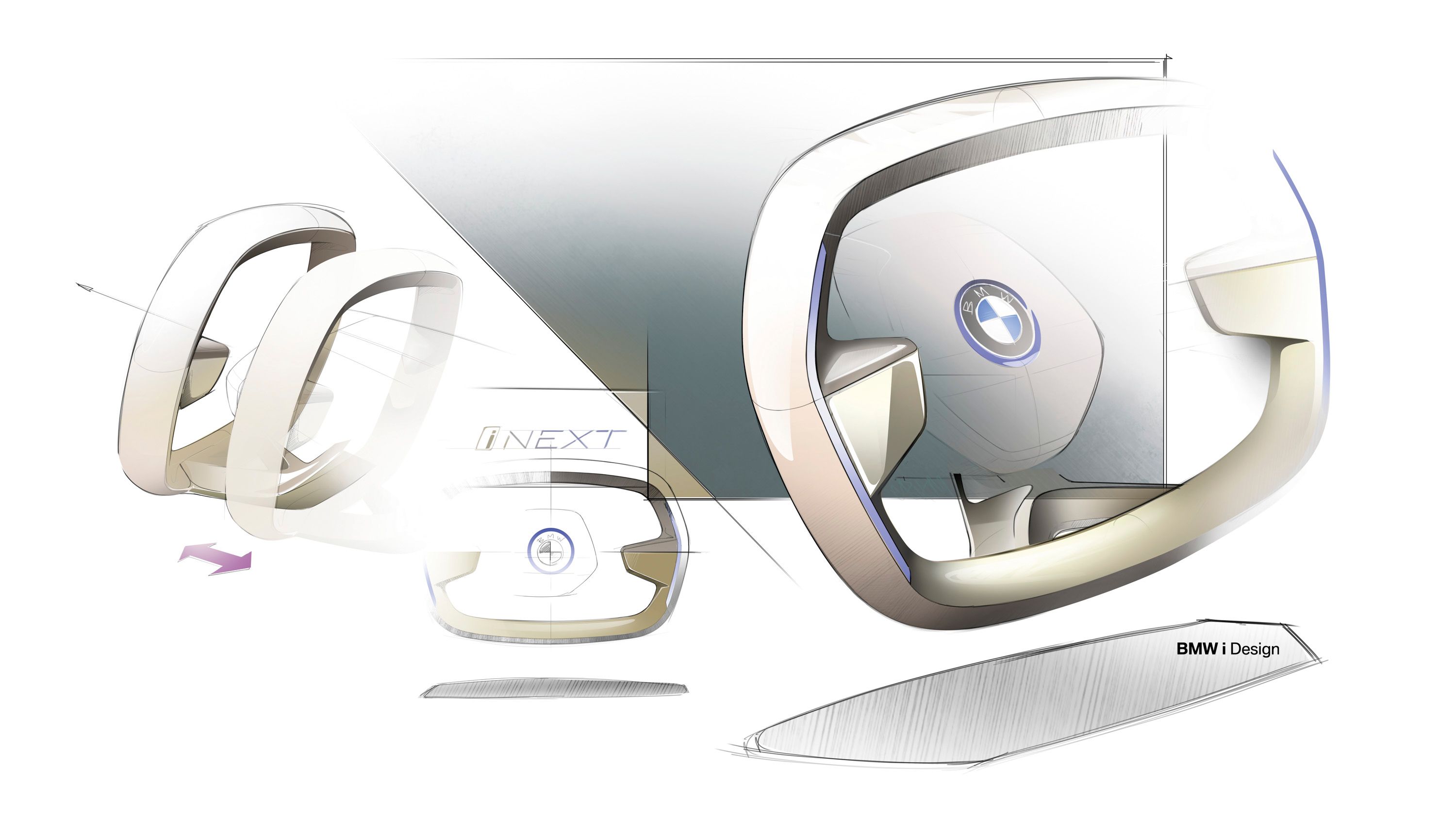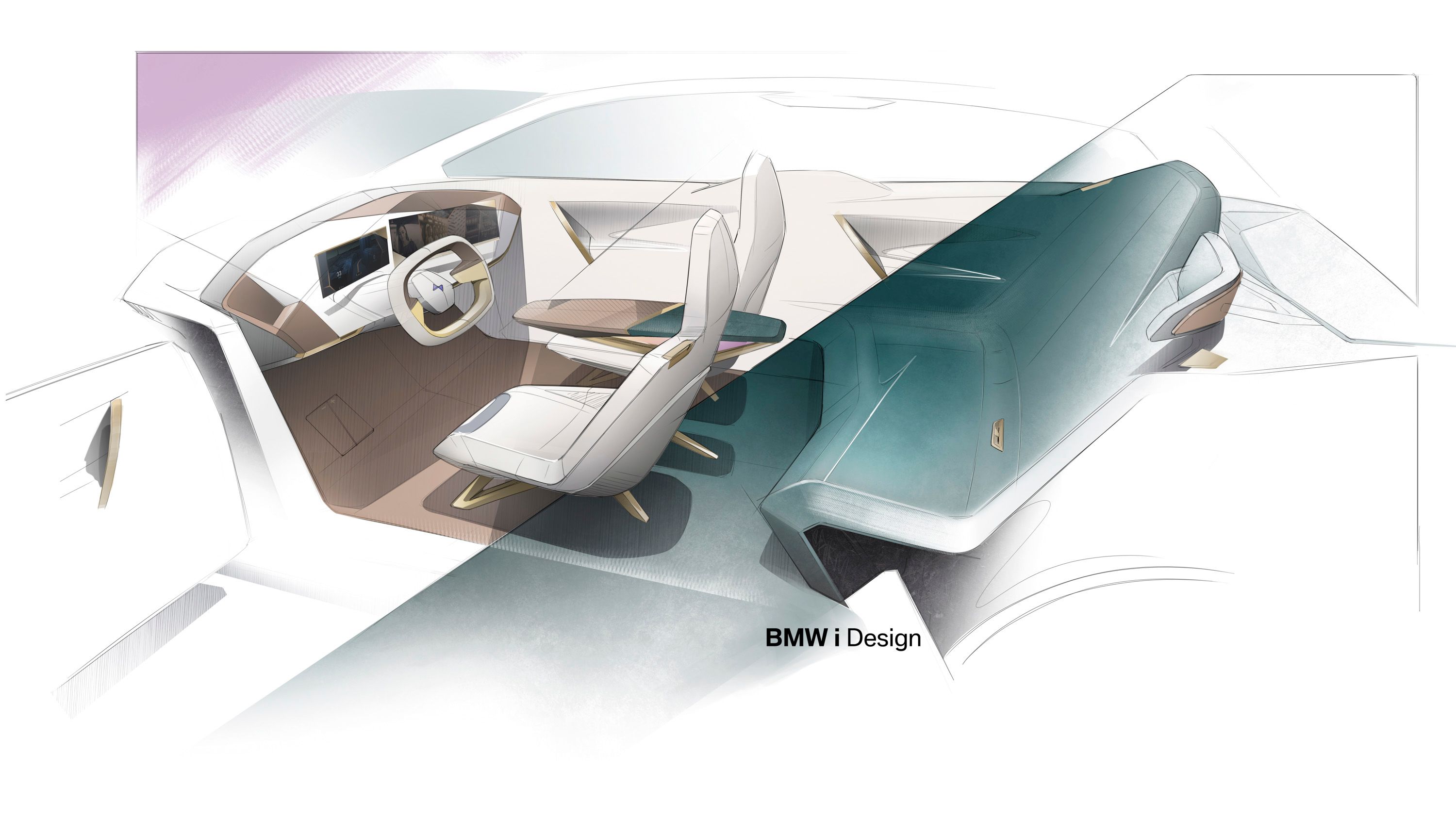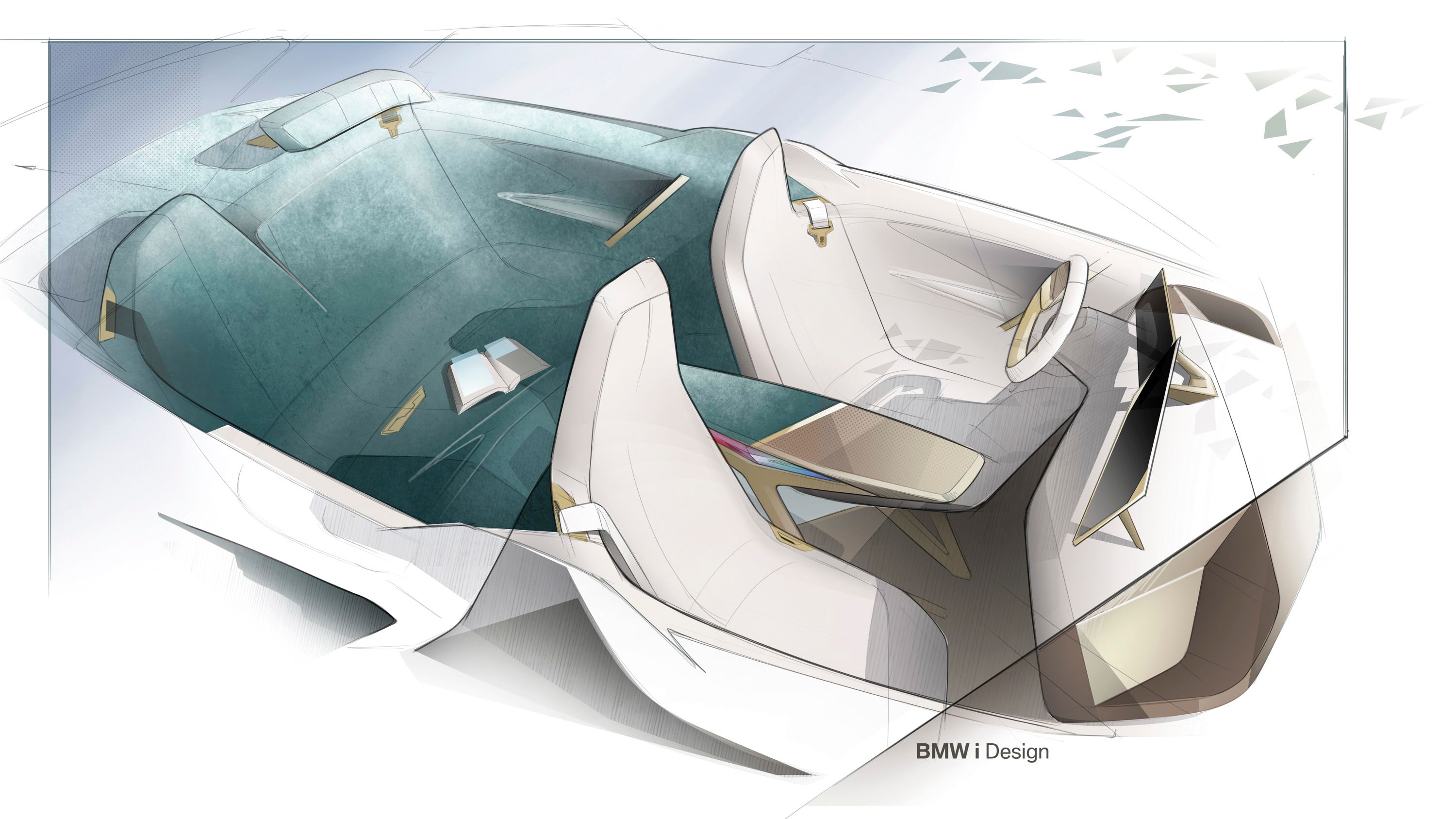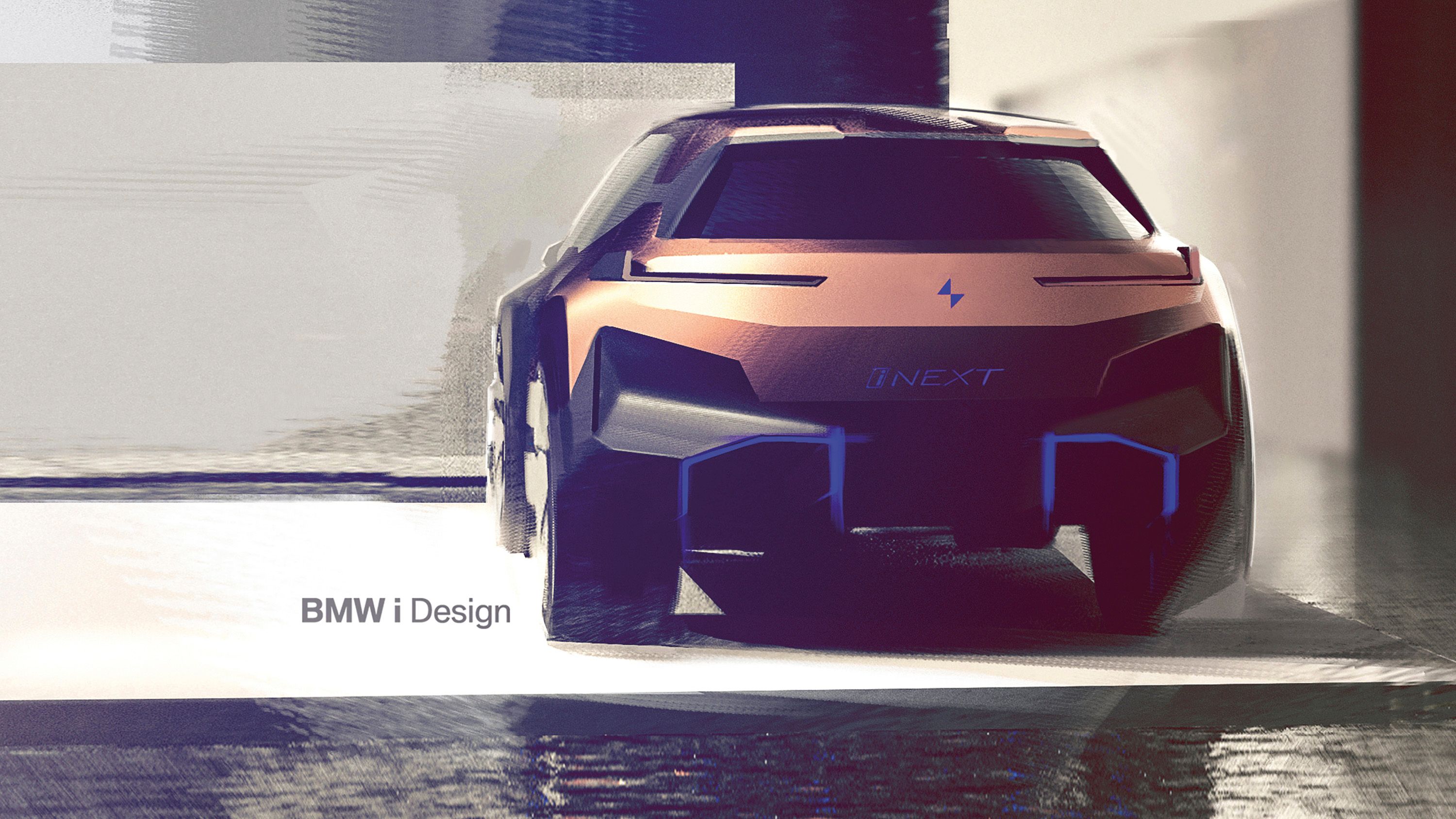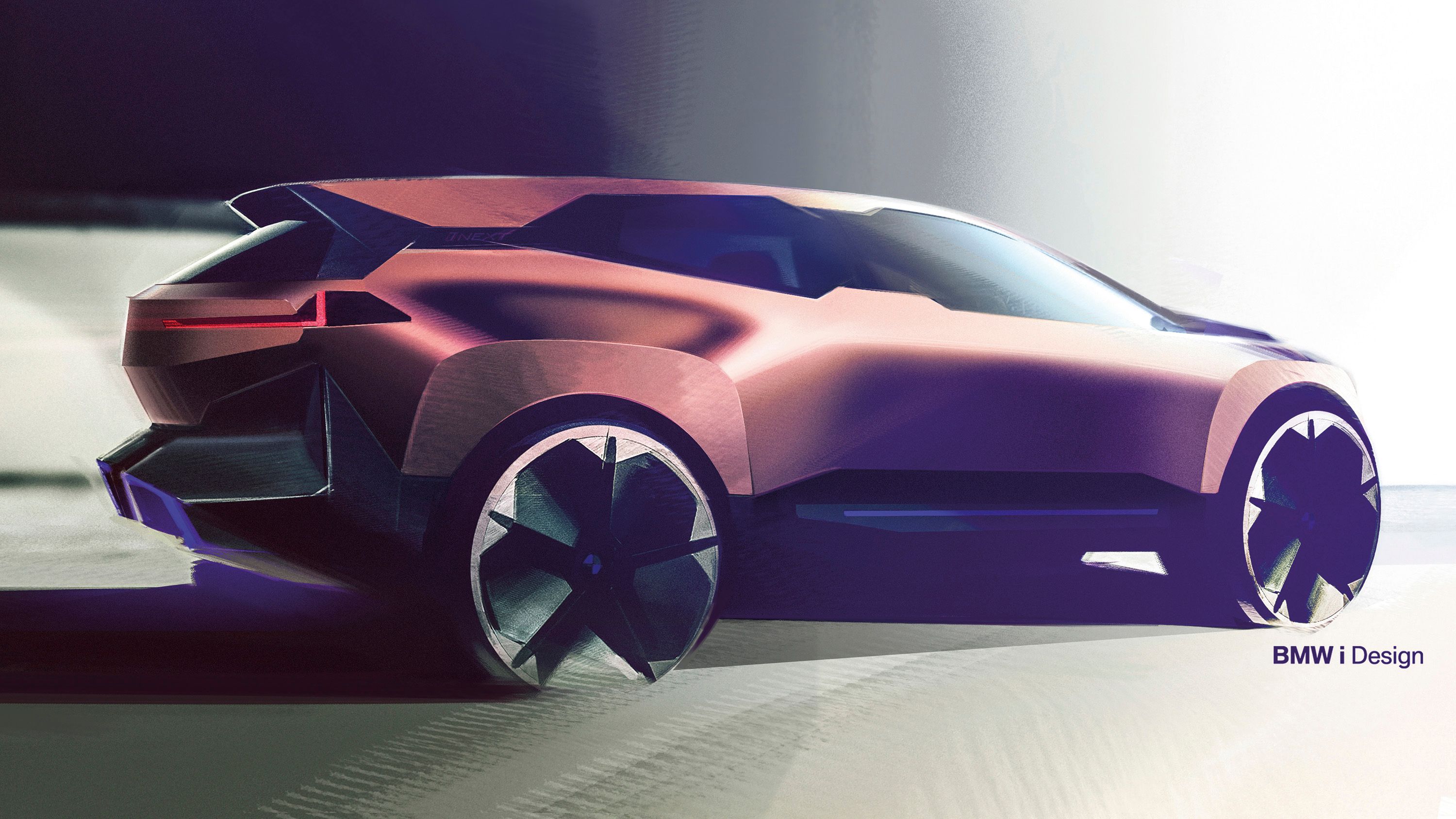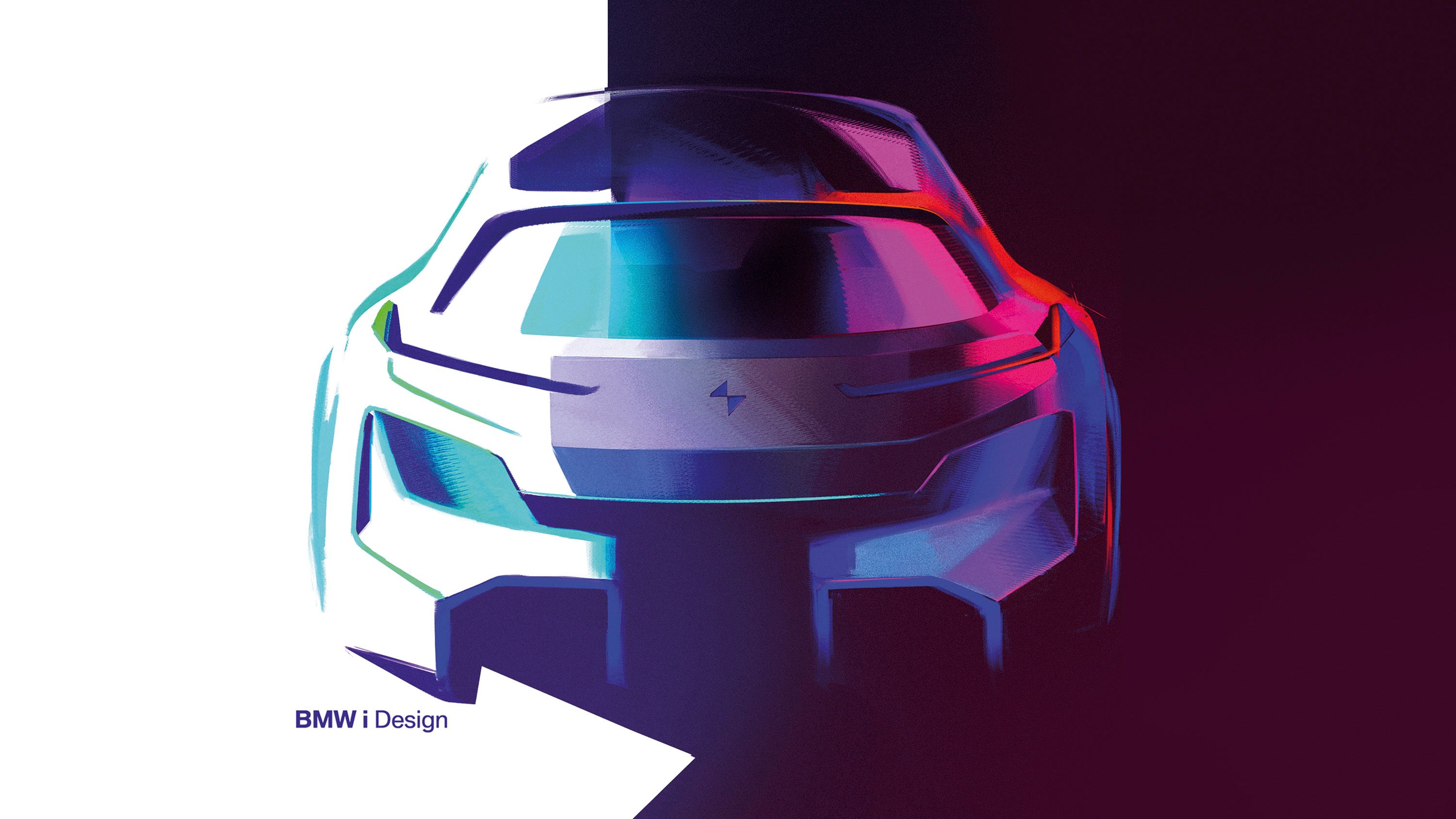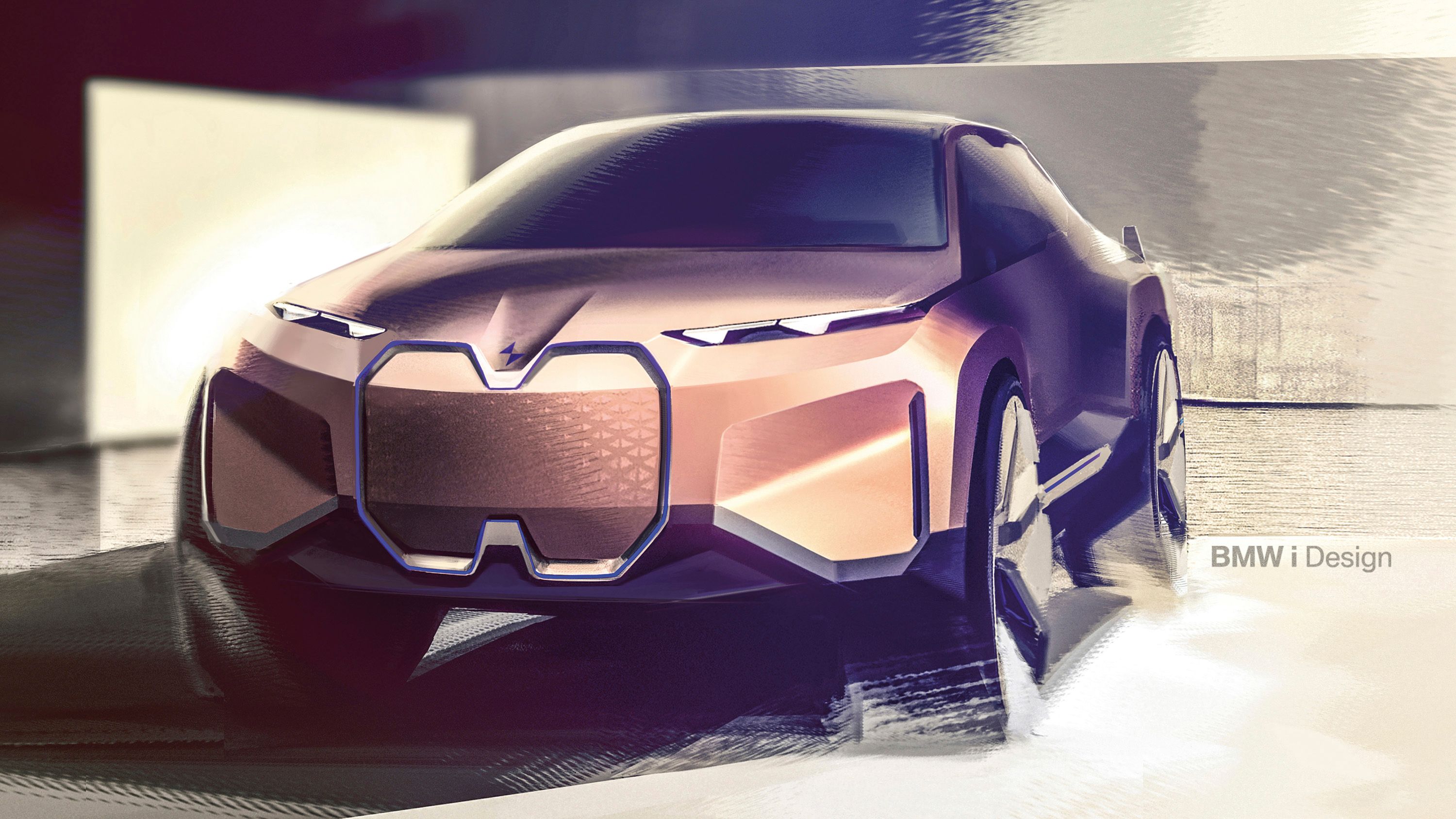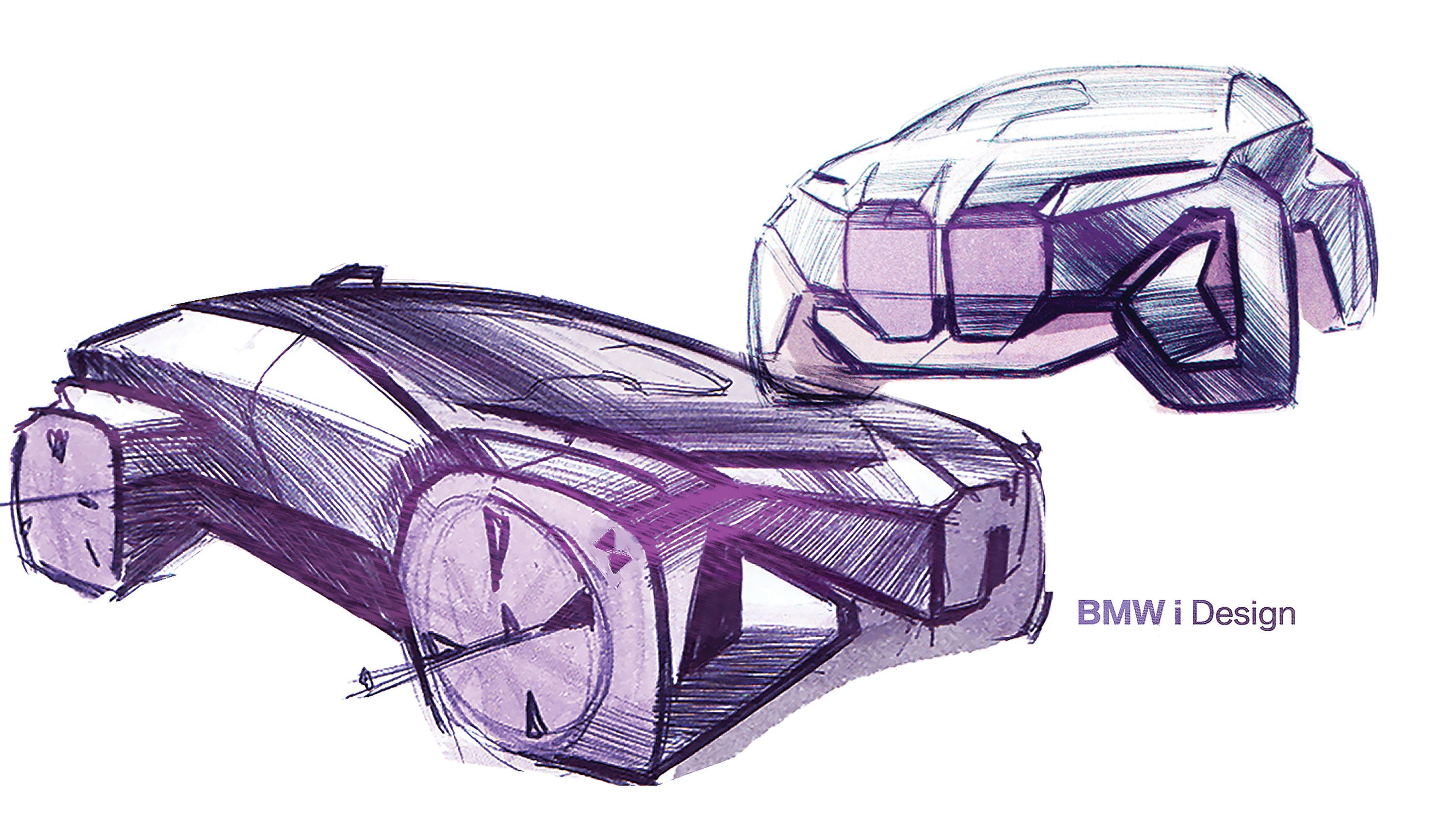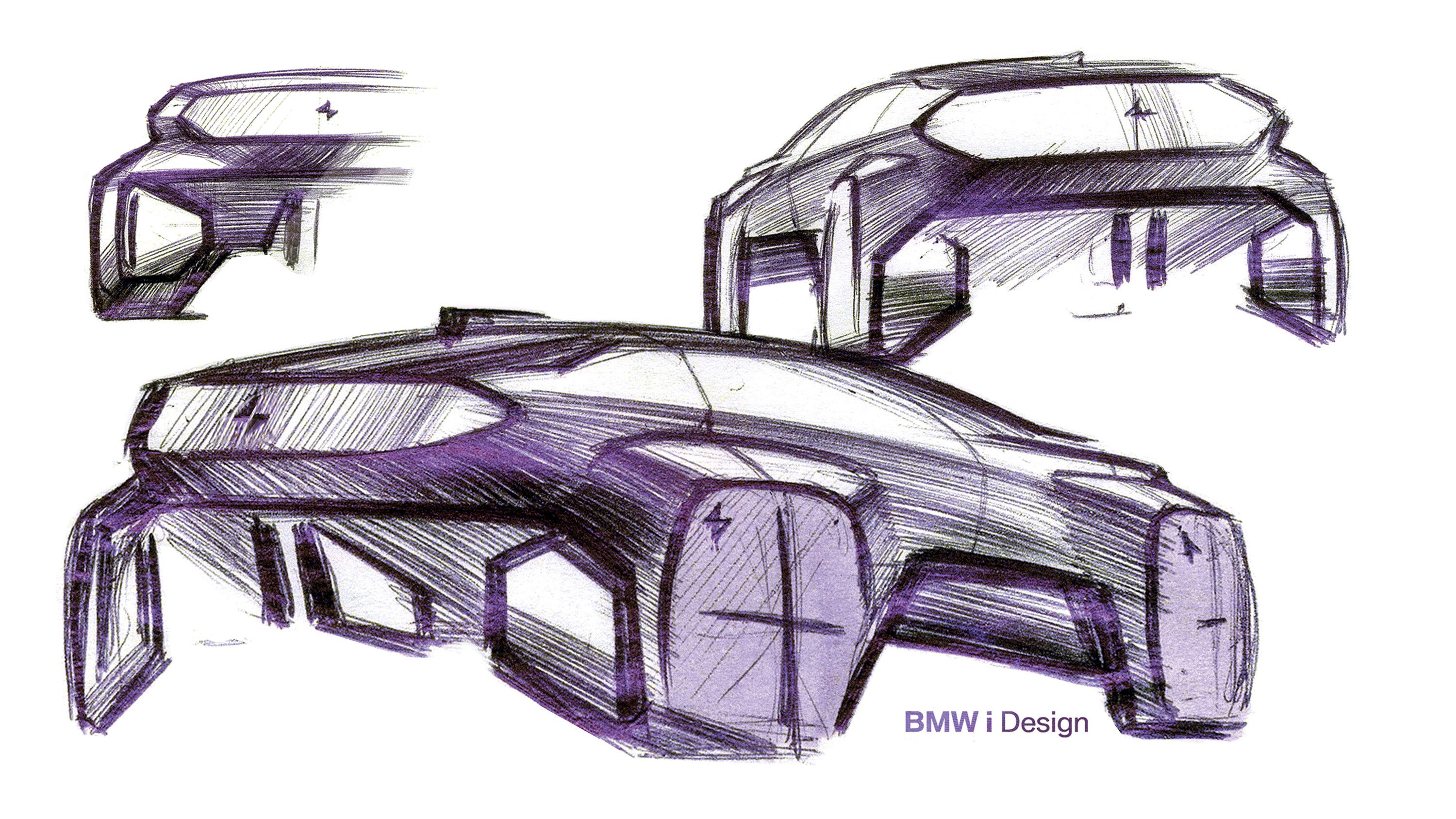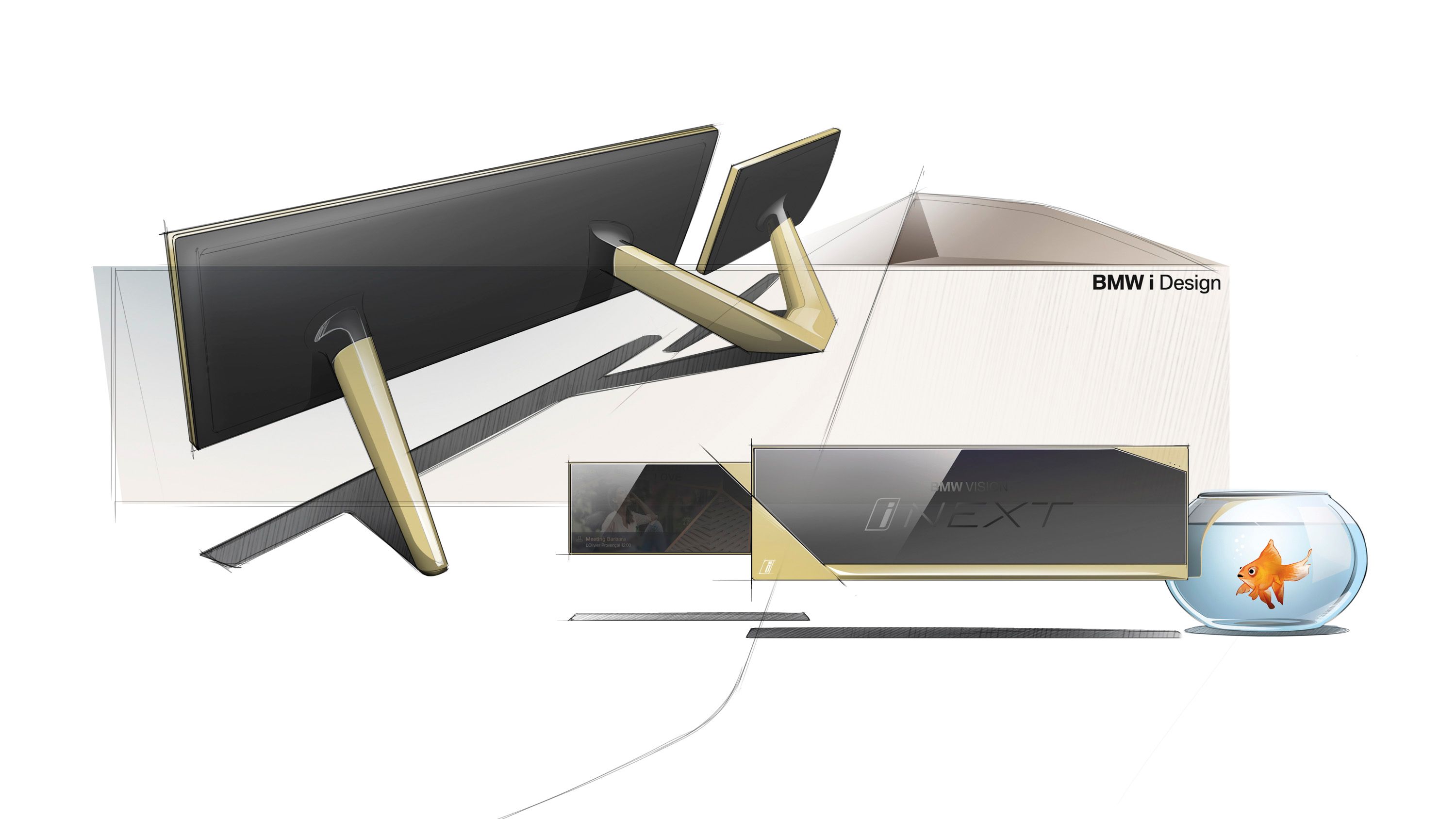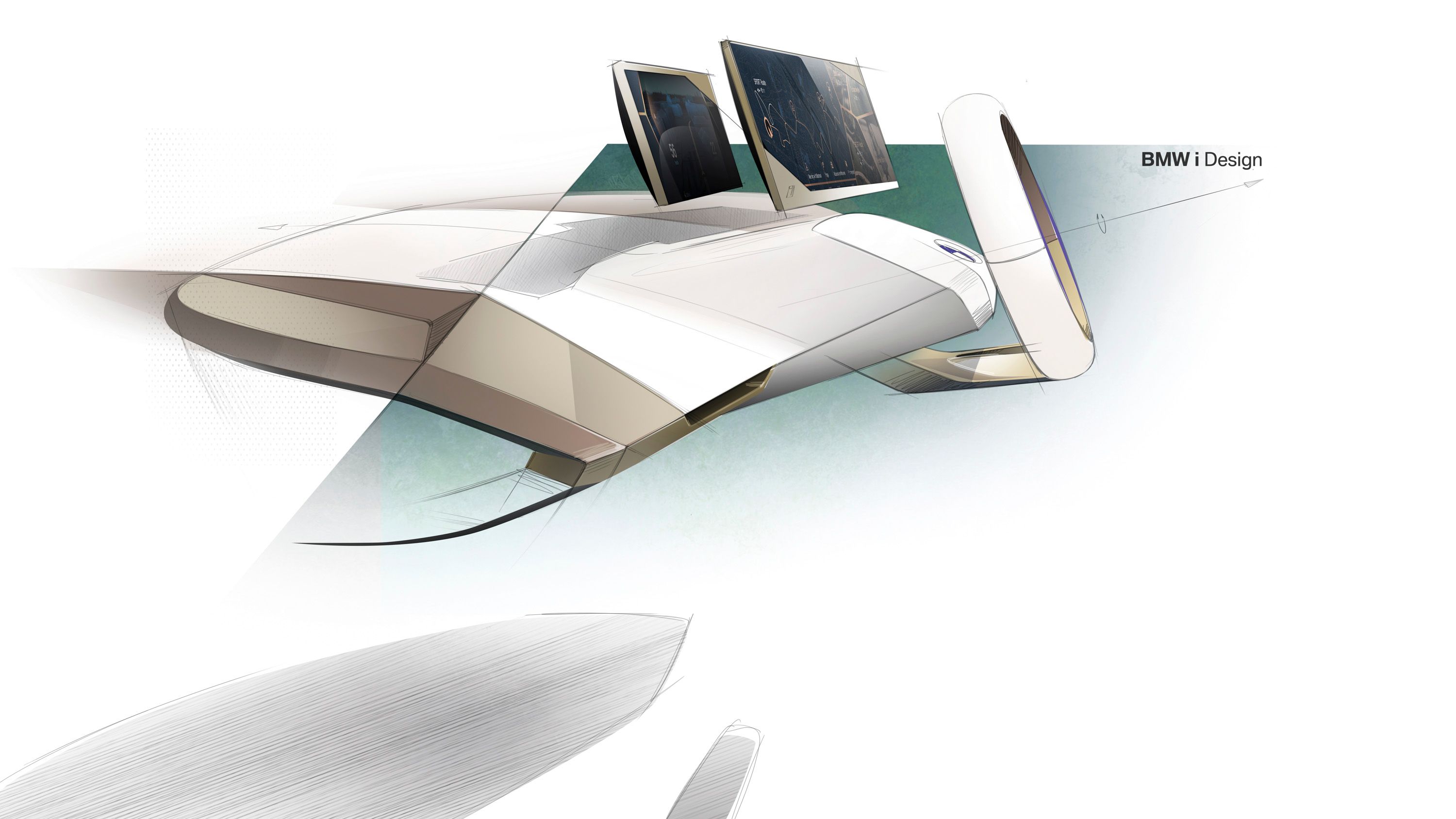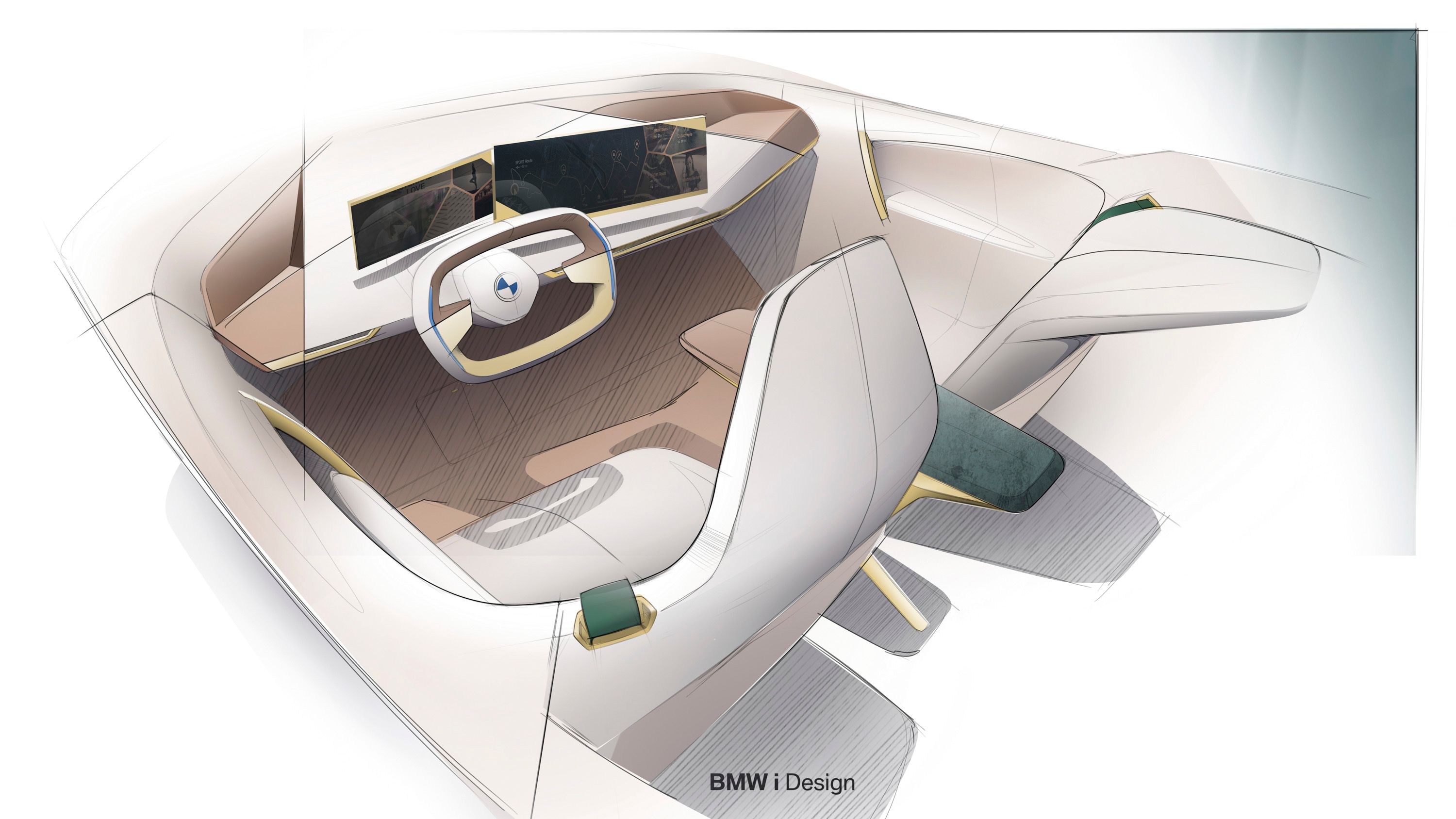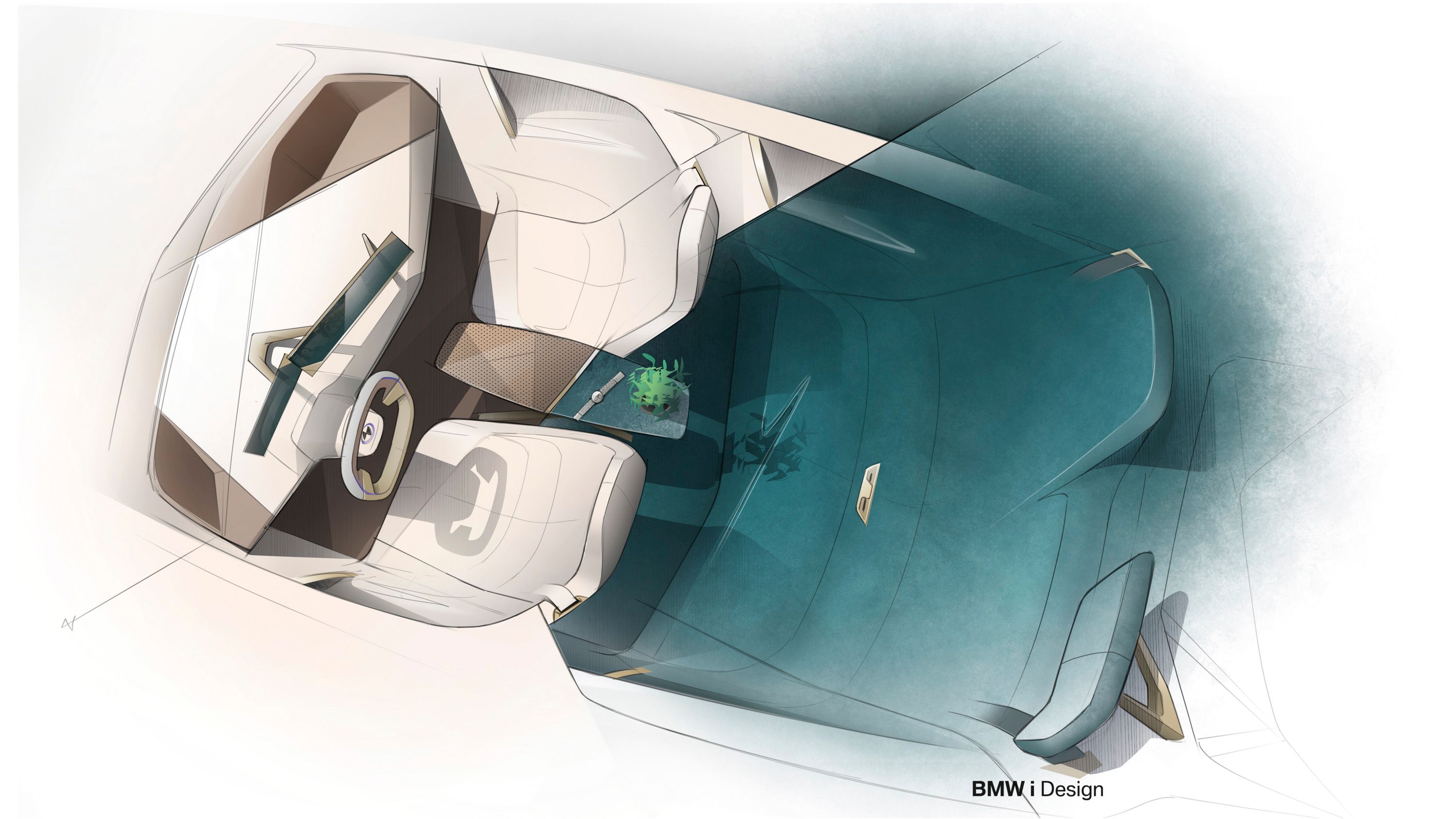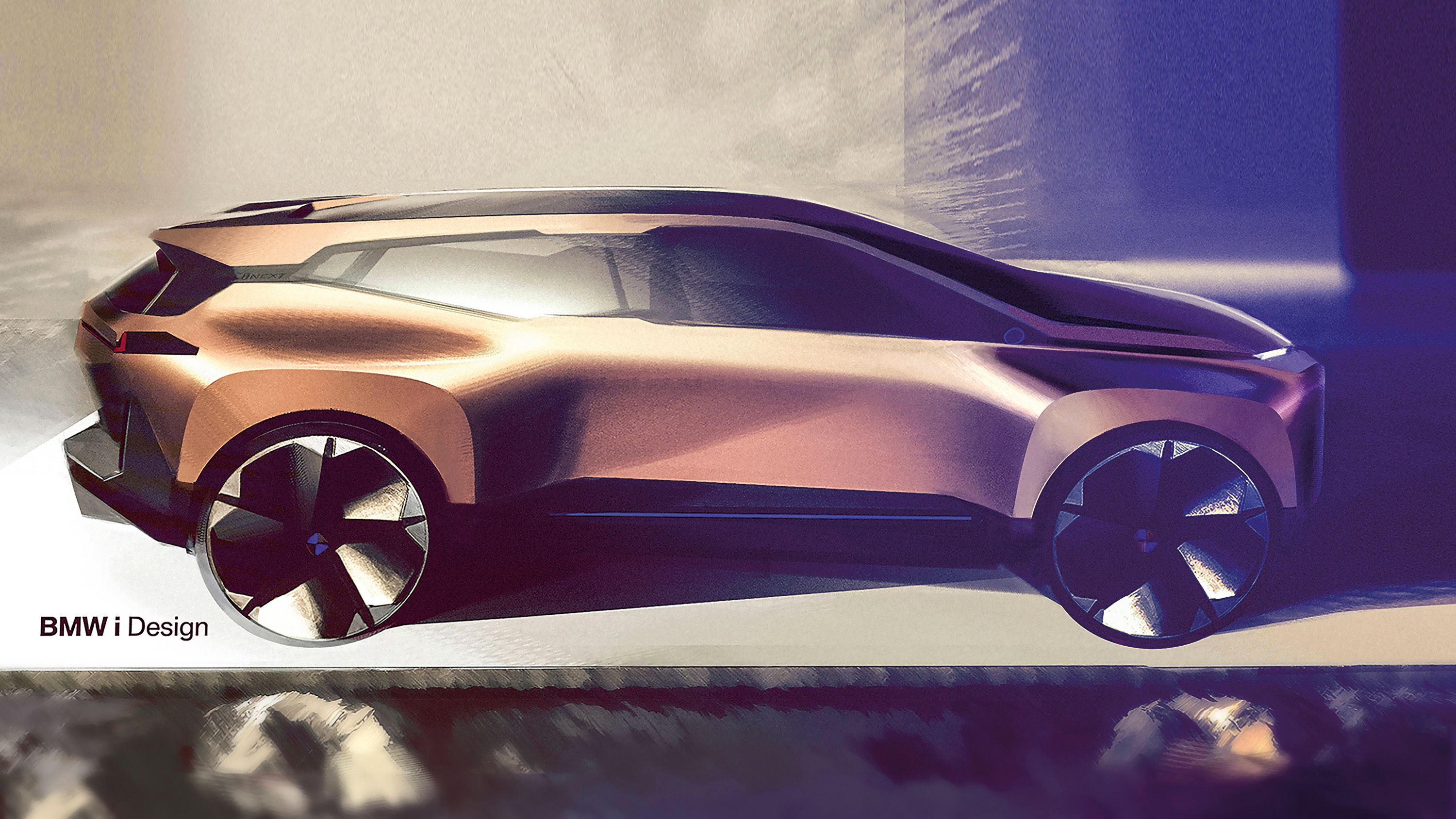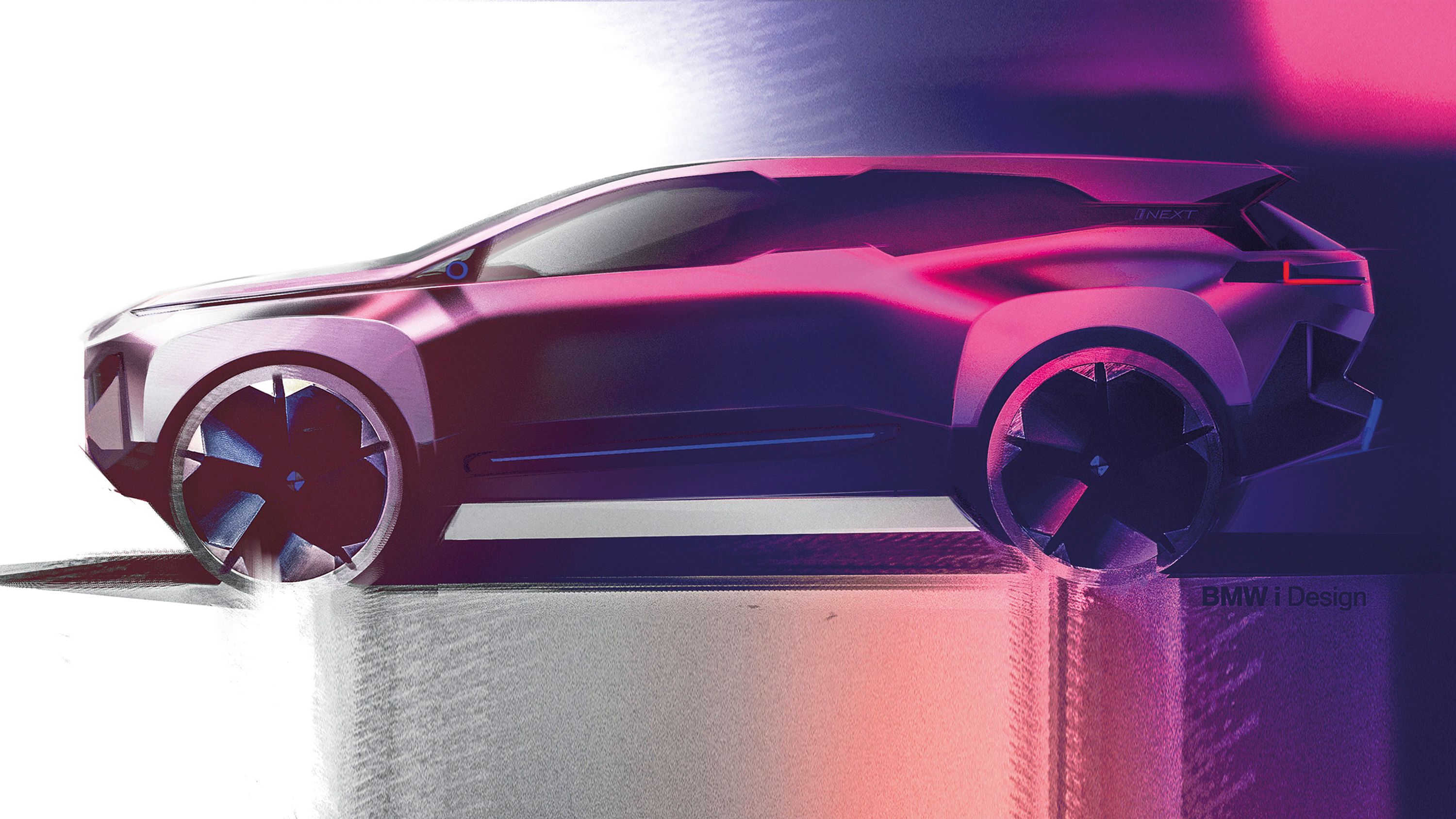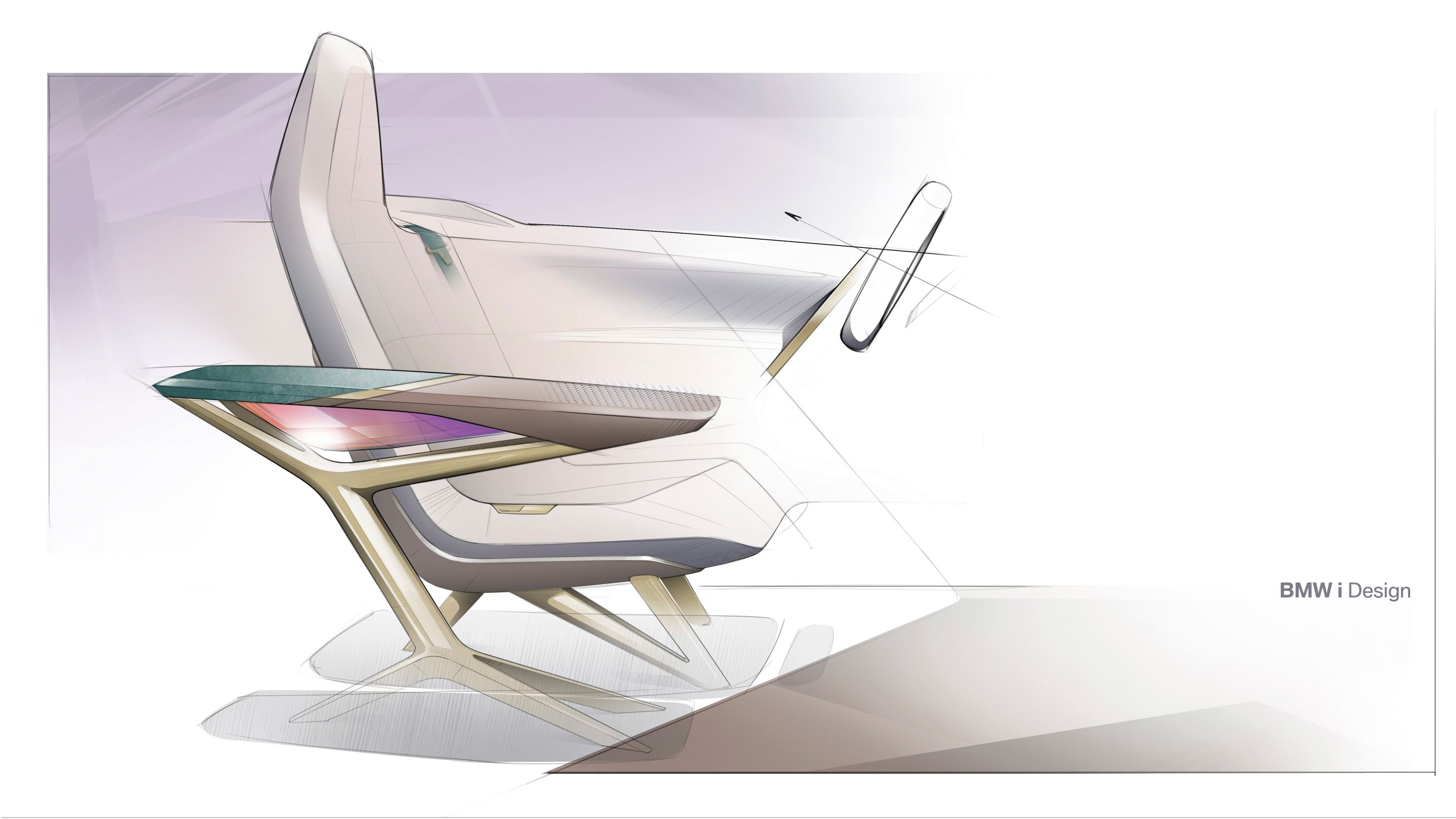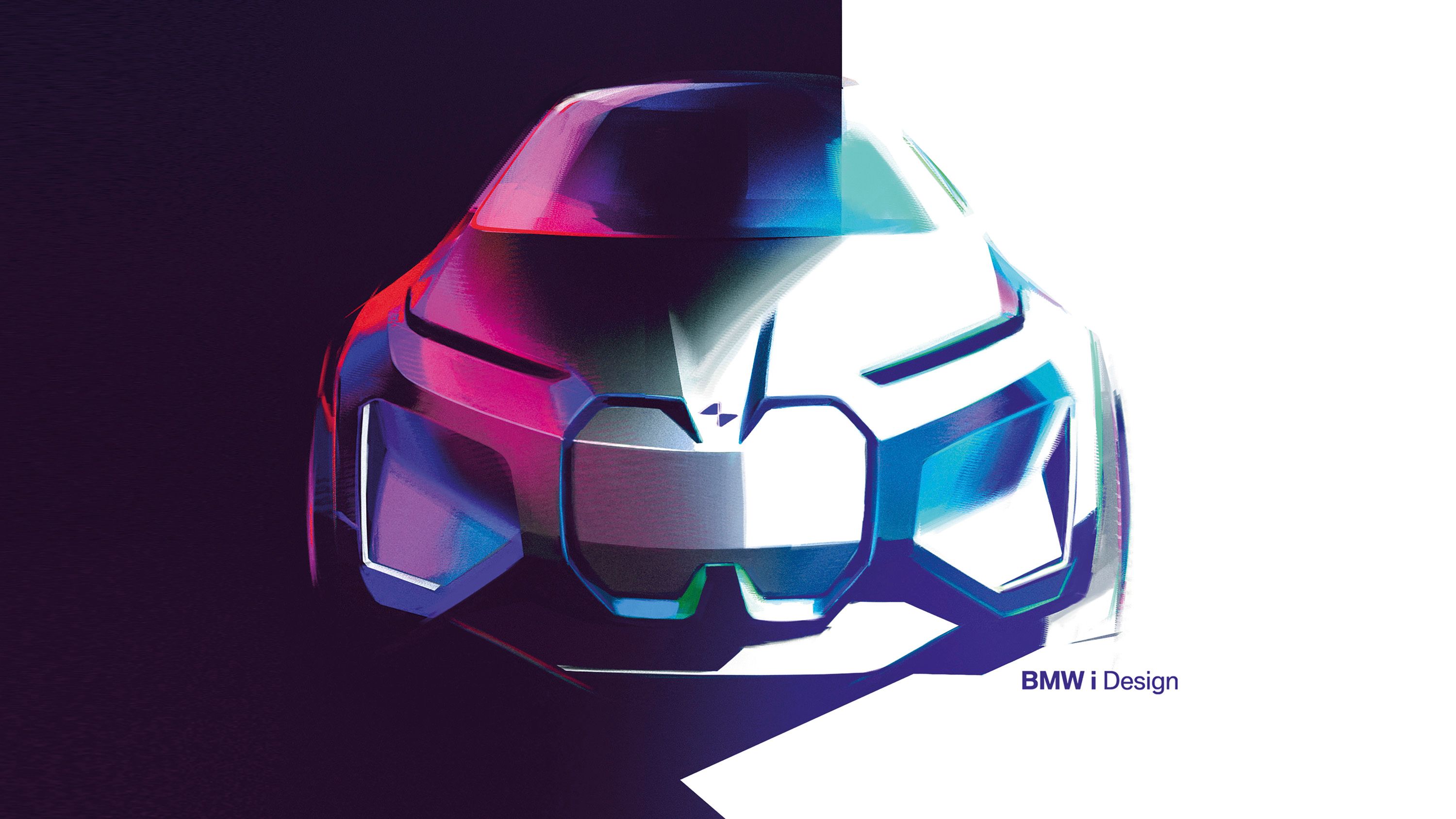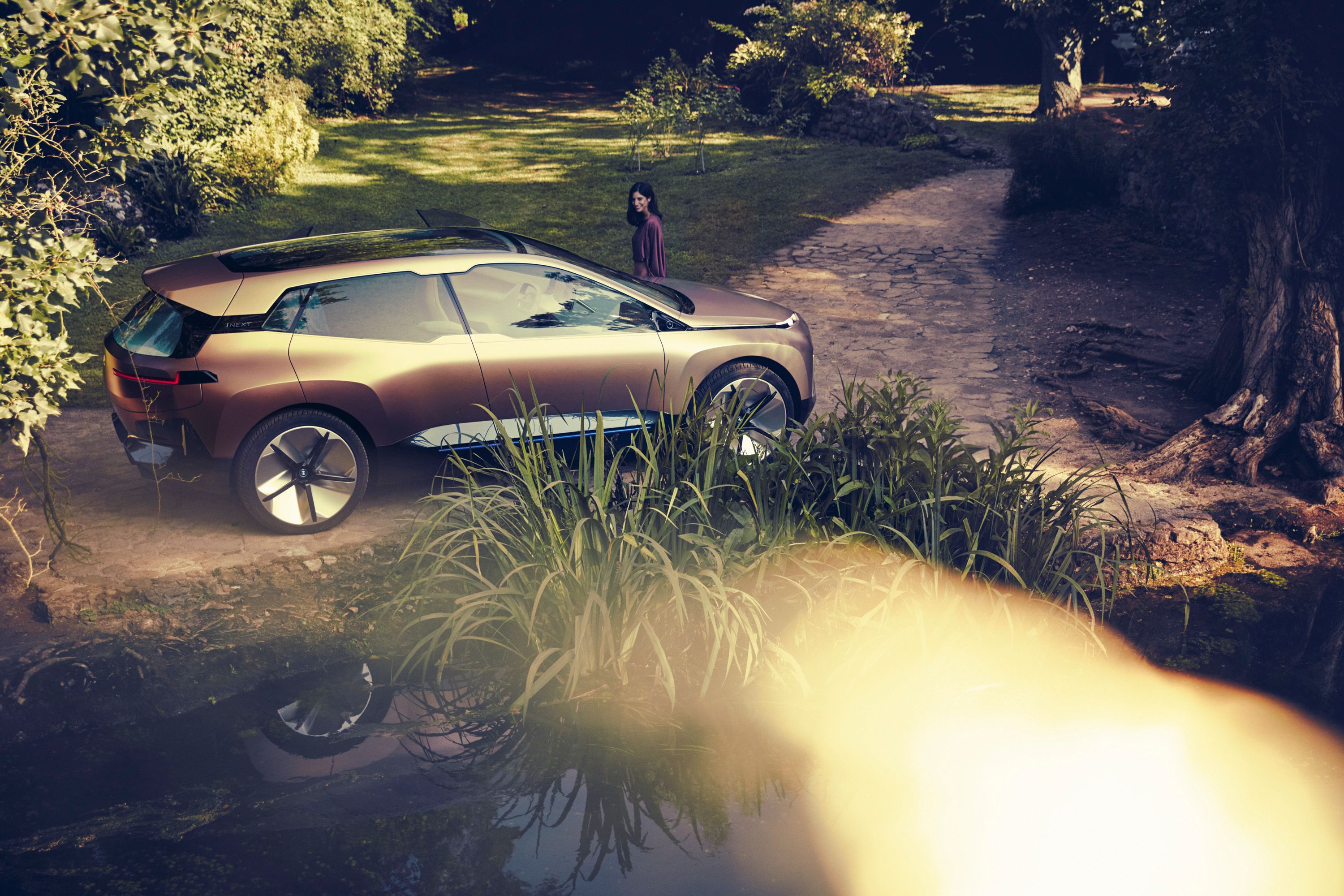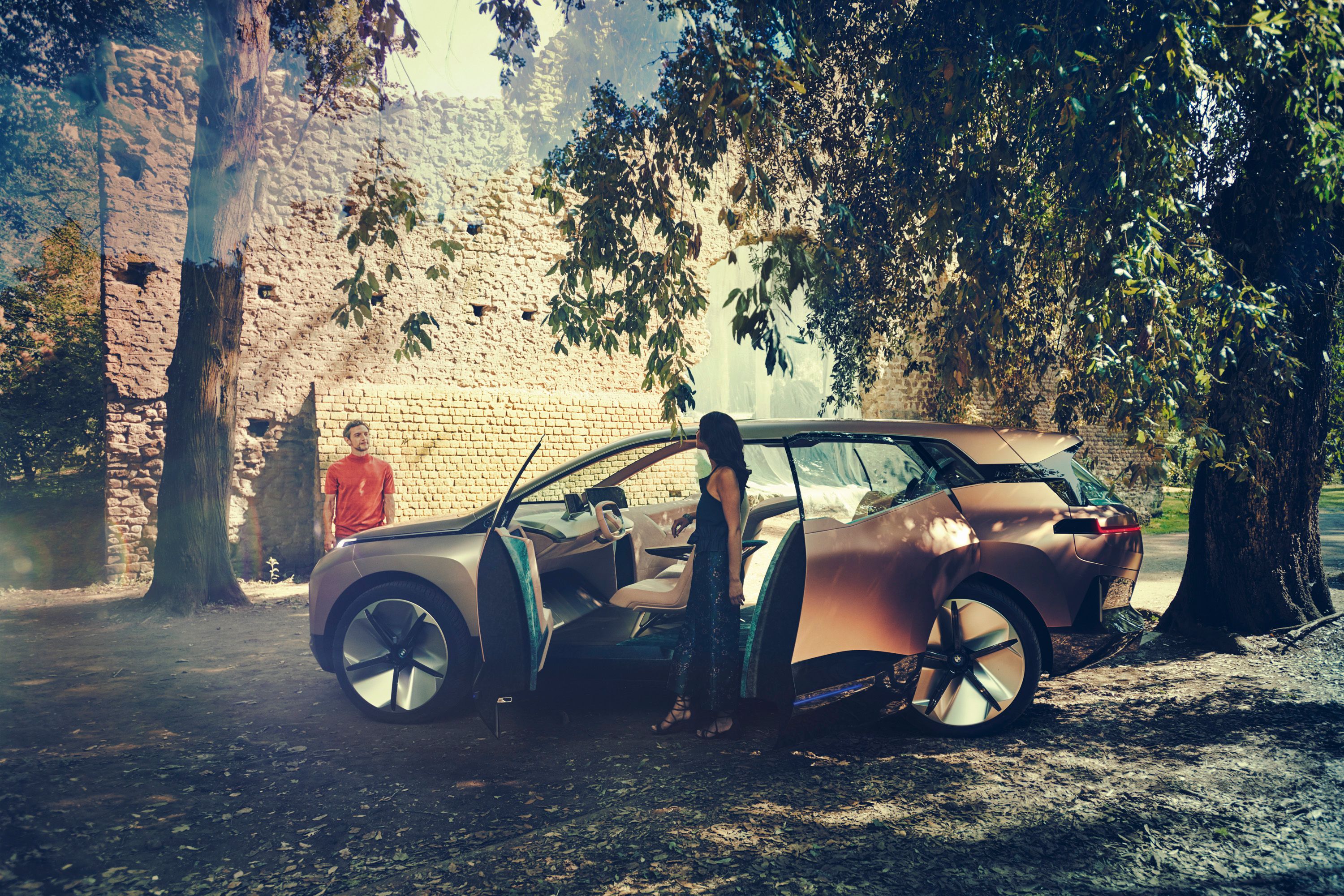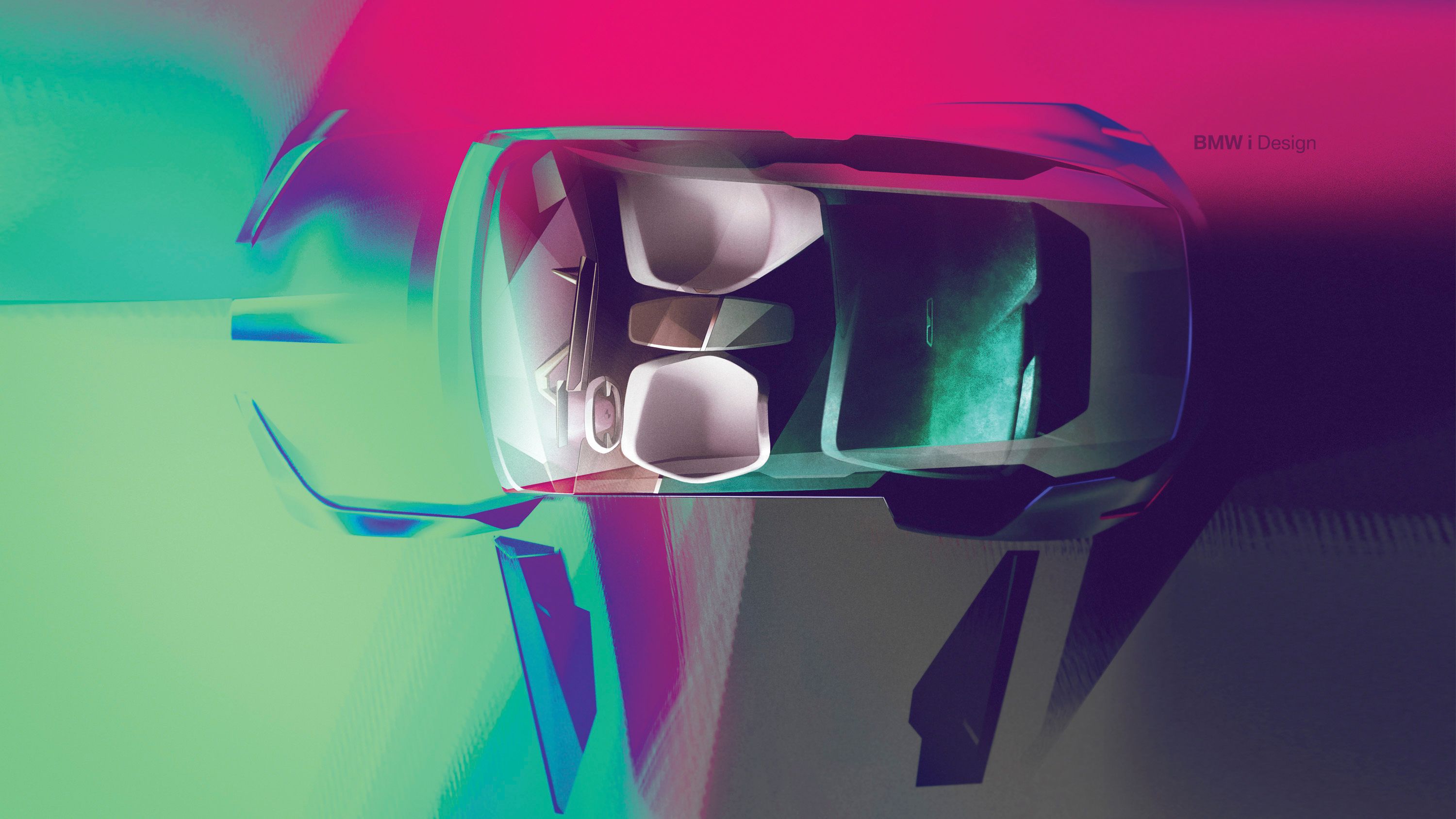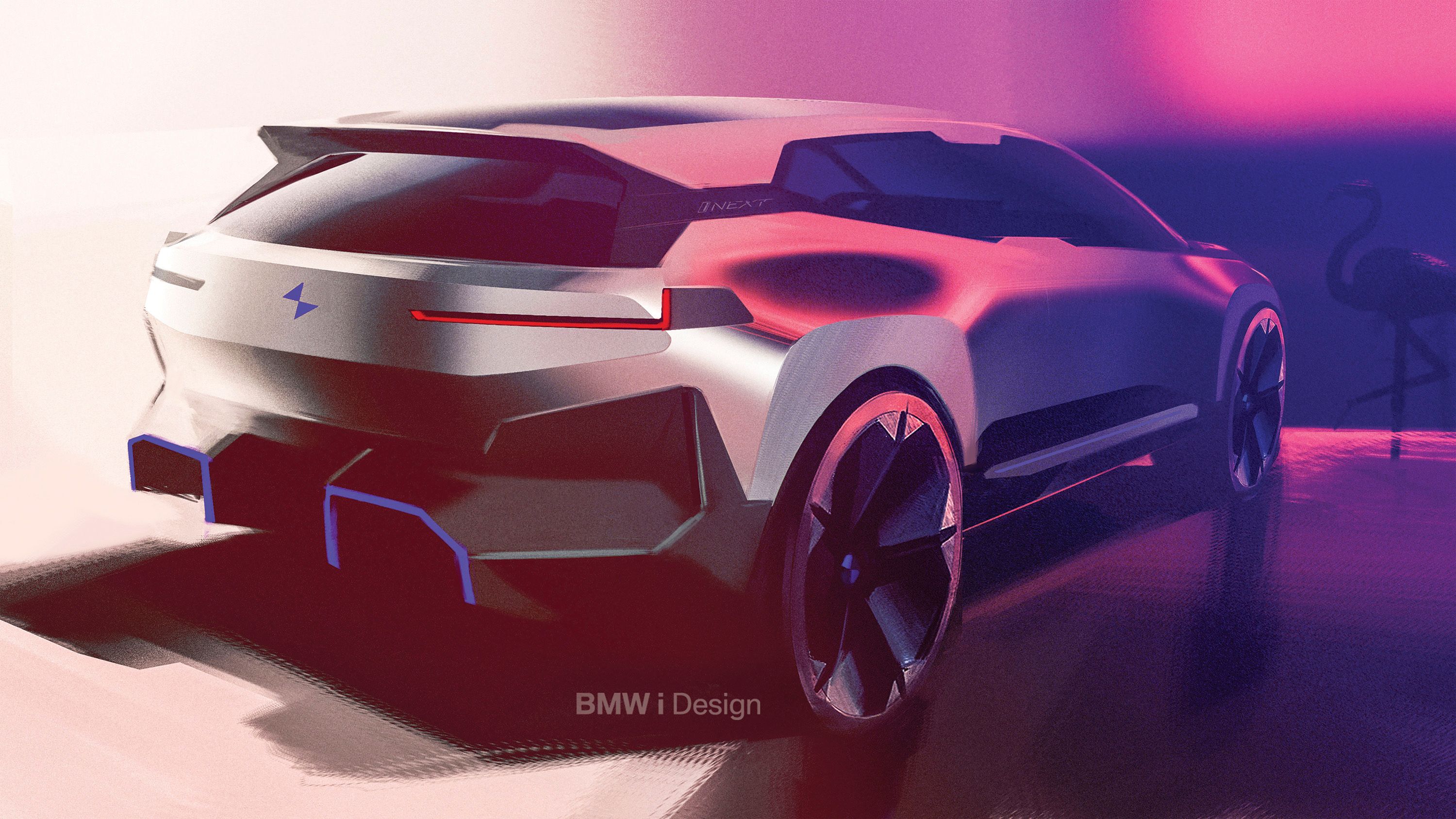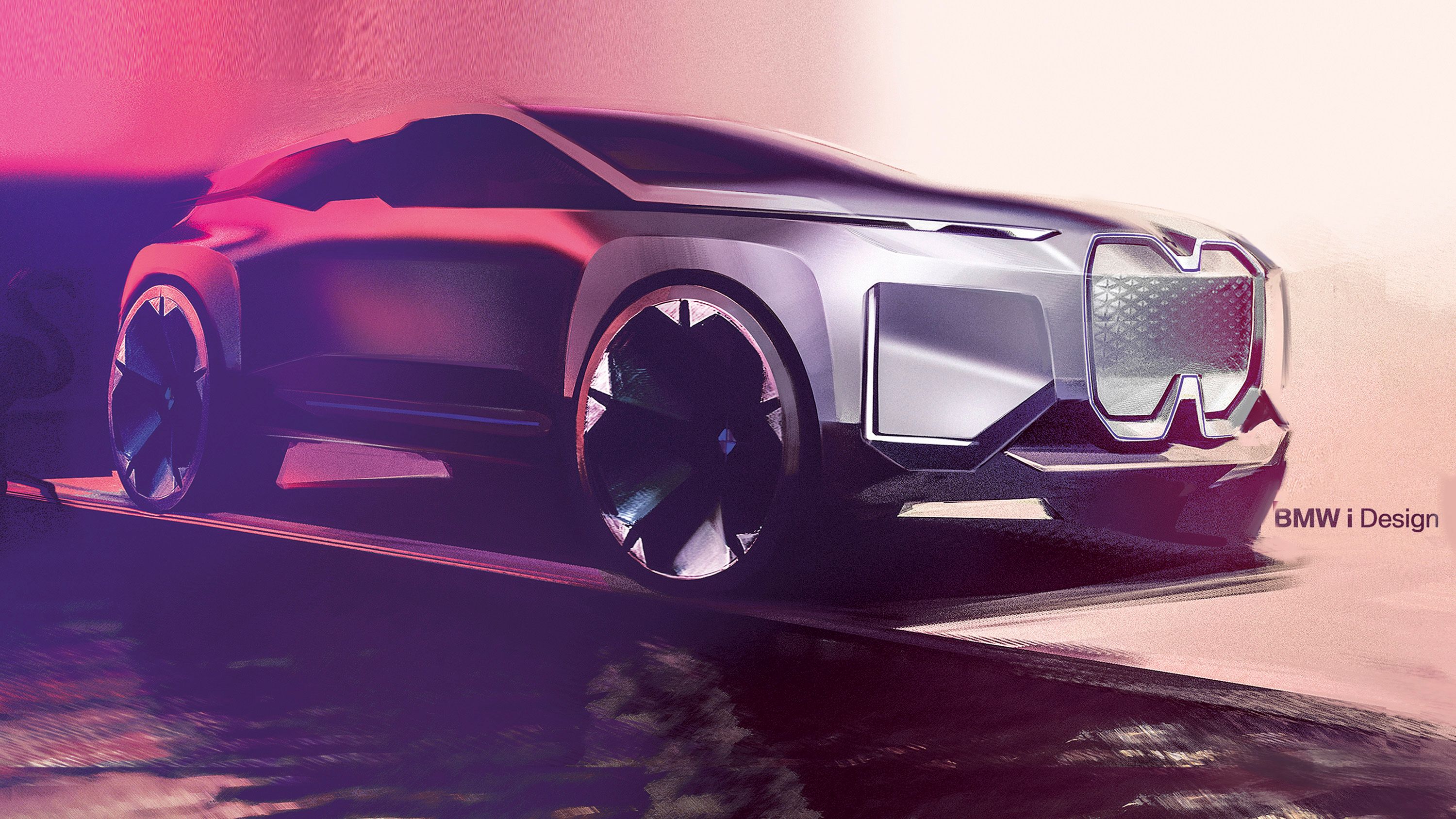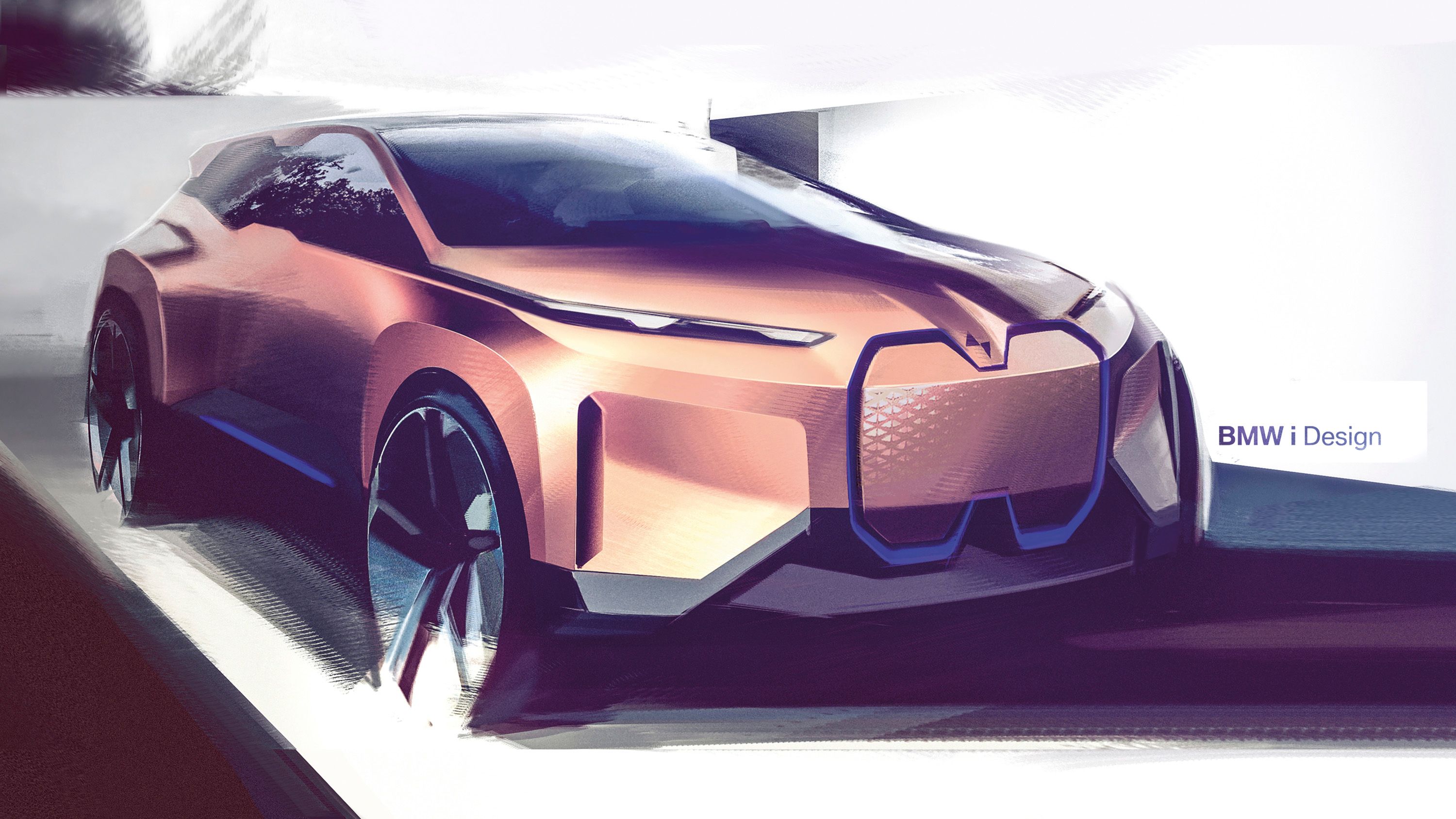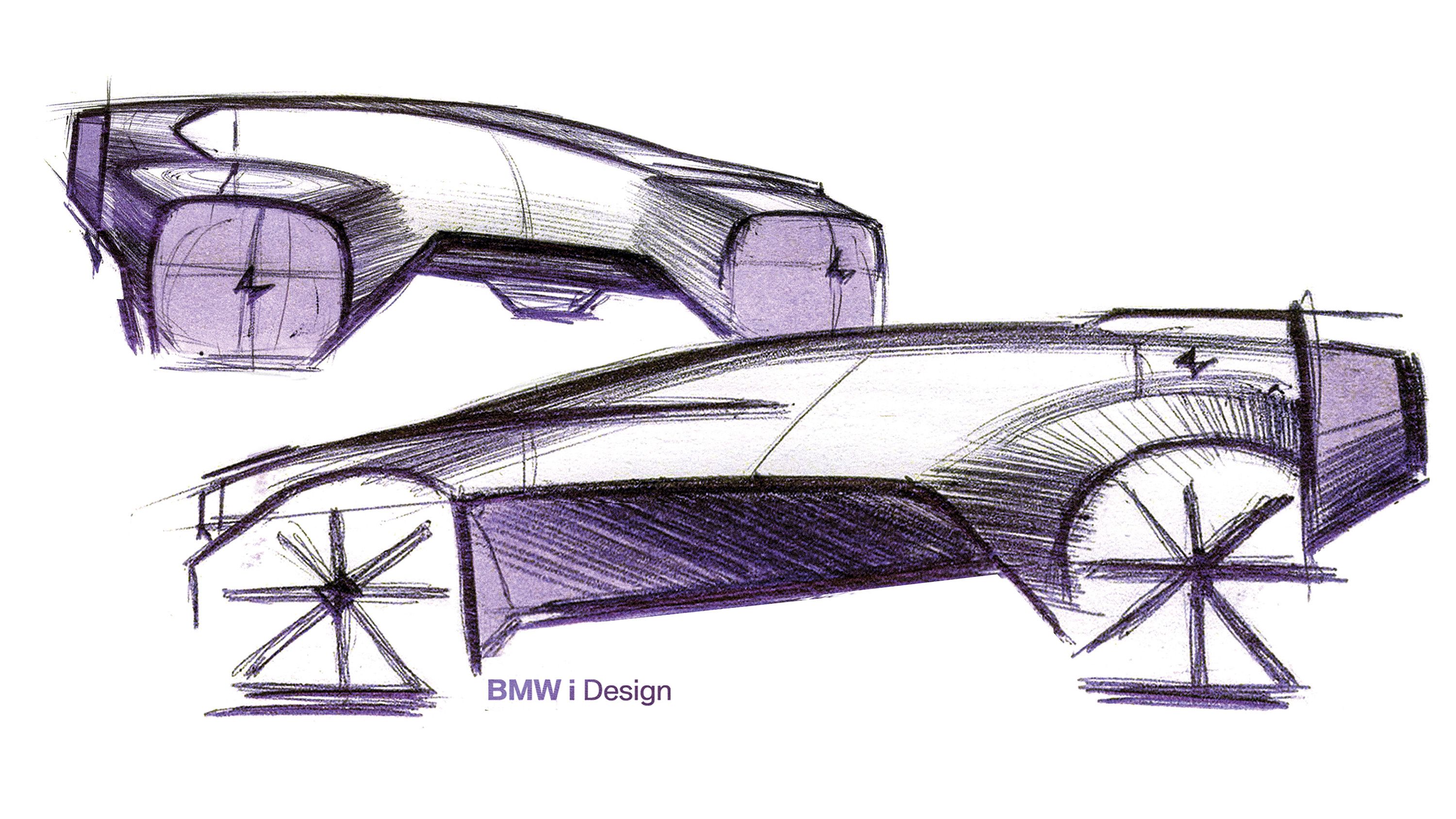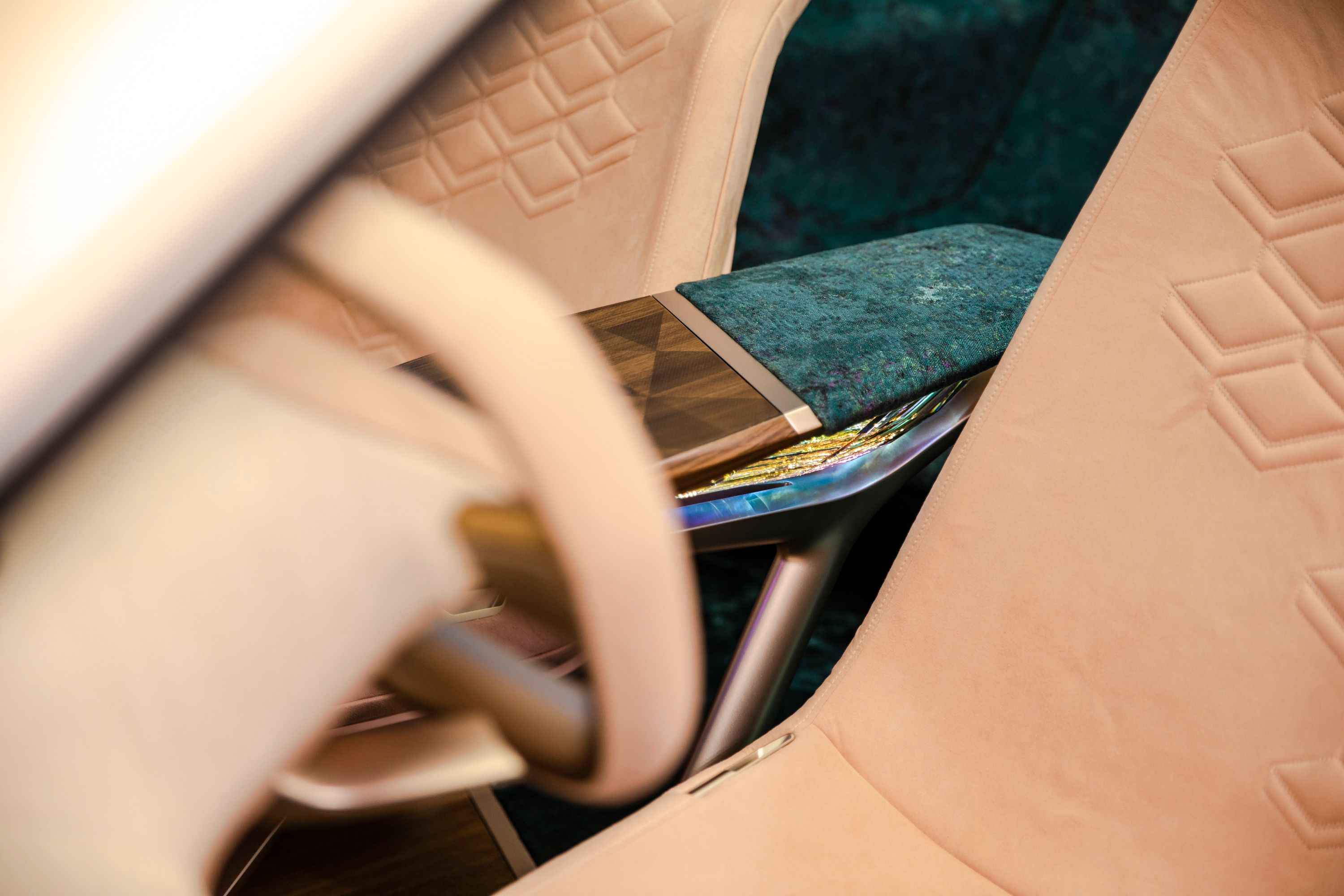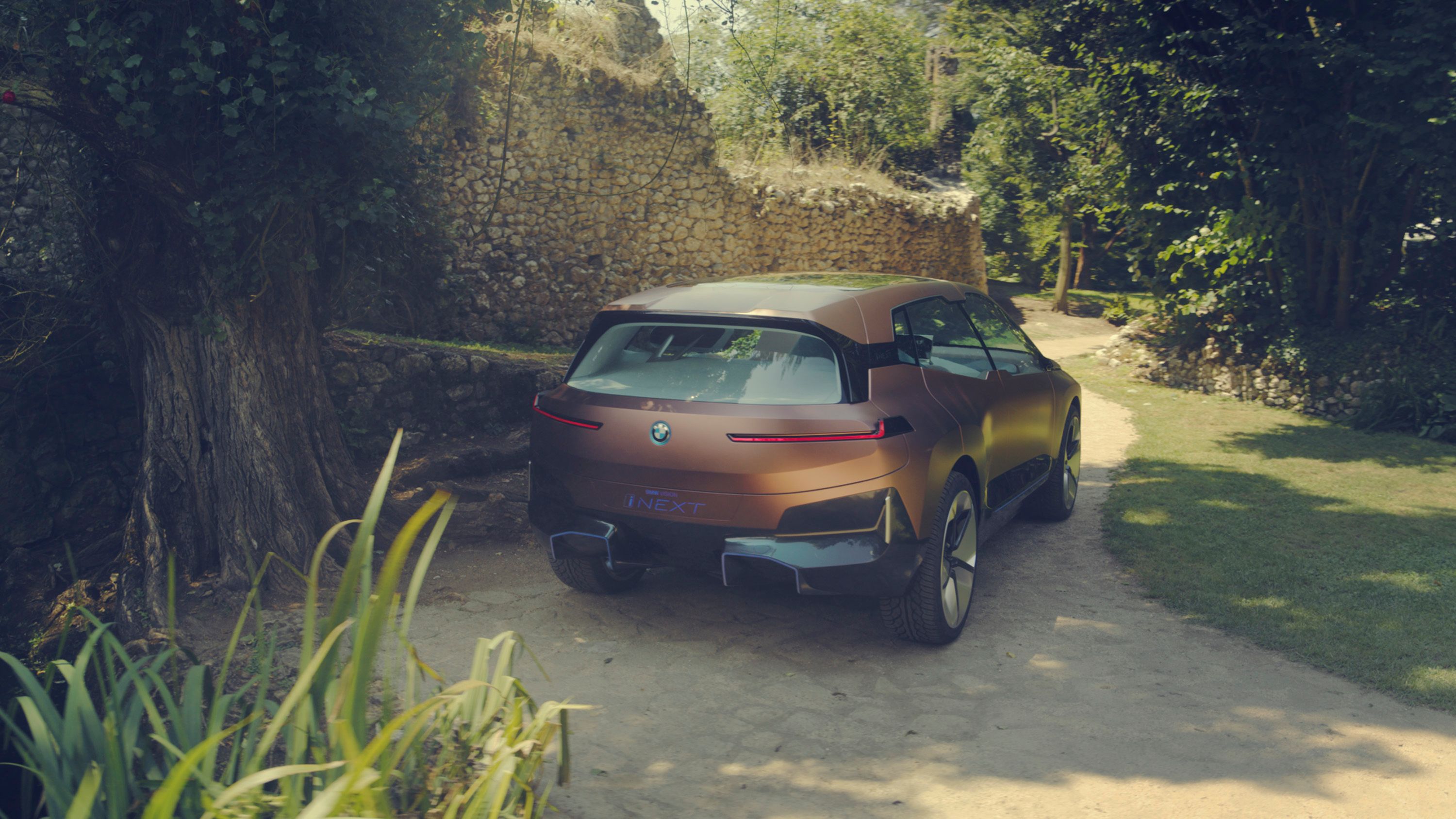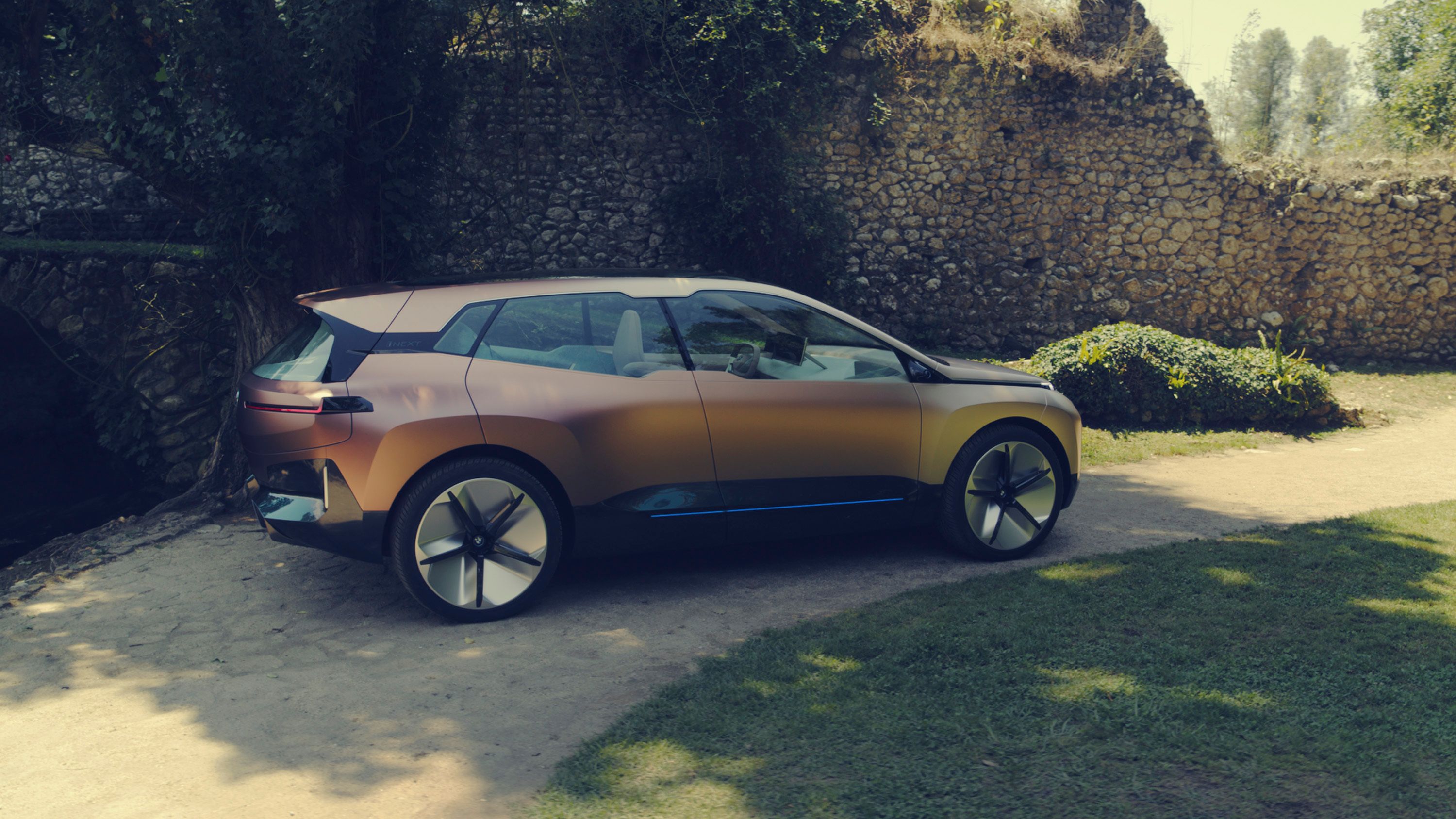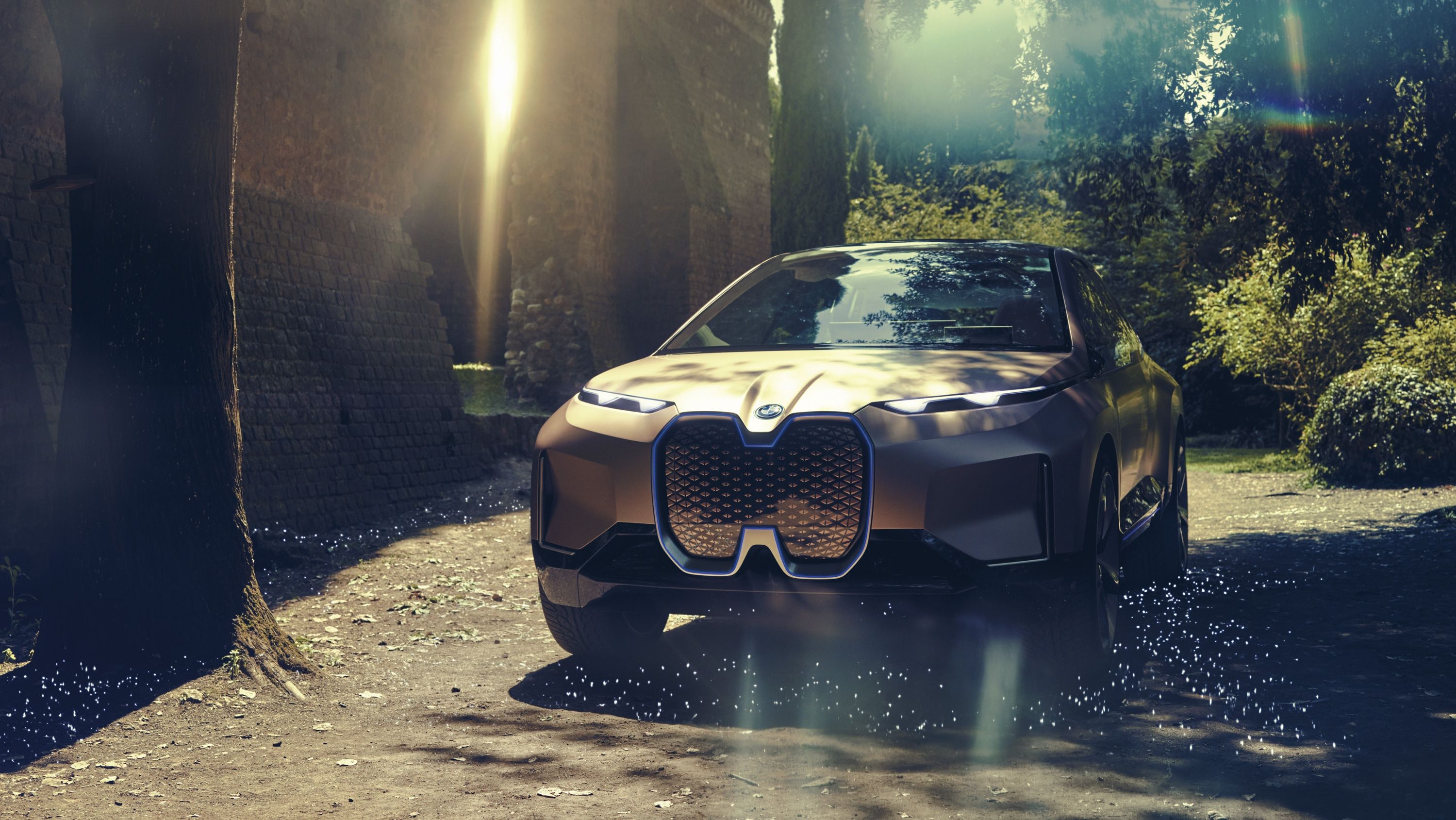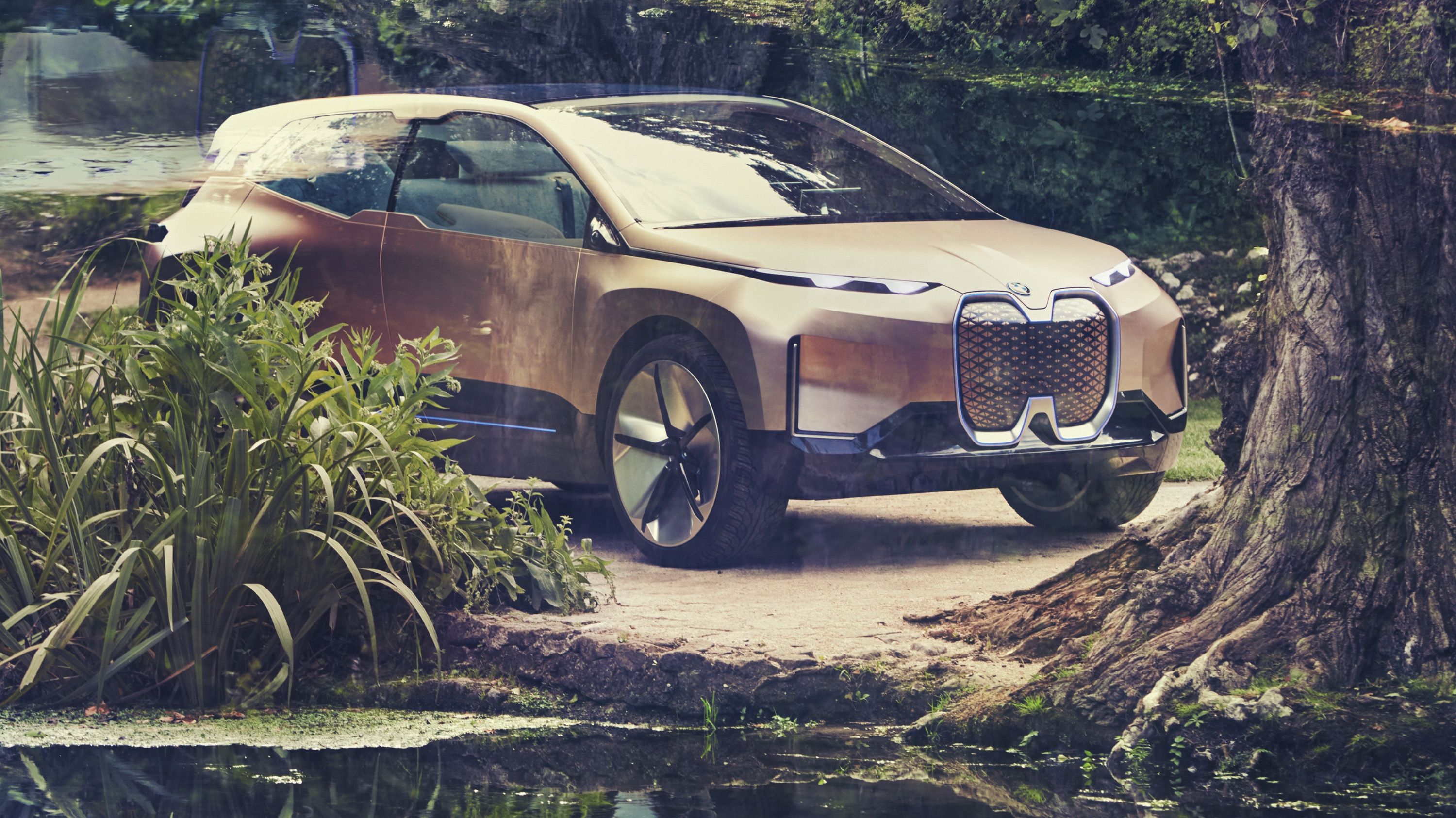As each of the major automakers vie for technological supremacy, the space between blue-sky concept cars and their production-based realities is starting to blur. The latest to step into this space is the BMW iNext, an autonomous, battery-powered SUV that comes stuffed with the Bavarian’s latest and greatest ideas for the next generation.
“The iNext project will provide our building blocks for the future, from which the entire company and all its brands are set to benefit,” said BMW Group Chairman of the Board of Management, Harald Krüger. That means that over the next several years, this thing will provide the guidance for not just BMW’s line, but the Mini line as well, both of which are promised to offer “in-car integration of the strategic innovation fields Autonomy + Connectivity + Electric + Services,” according to BMW. Indeed, now that BMW has been doing the EV thing for more than a decade at this point, it’s about time the company stepped up its game. Read on to see how.
Continue reading to learn more about the BMW iNext Concept.
2018 BMW iNext Concept
- Make: Array
- Model: 2018 BMW iNext Concept
- [do not use] Vehicle Model: Array
<
BMW iNext Exterior Styling
In addition to the many tech ideas this concept brings to the table, the iNext’s exterior design also plays a major role by directing BMW’s styling going forward. That said, the look isn’t totally new, as we’ve seen the aesthetic before in various iterations in the past. That includes BMW’s various “project i” vehicles, the same sub-brand that helped spawn the i3 all-electric city car and i8 hybrid sports car, plus the more-recent iX3 concept SUV. The Vision Dynamics concept from 2017 is another good example of the look, albeit in a sports sedan shape.
First up is the Liquid Greyrose Copper paint color, a slick-looking shade that mixes a matte finish with head-turning color. Further tones are added by the blue accent lines from front to back. Extra blue lighting helps add dynamism, with the lights responding when the owner first unlocks the vehicle.
What’s more, BMW also mentions the inclusion of 3D printing technology in some unspecified capacity, leading us to guess enhanced options for greater customization and easier component prototyping.
Moving around to the sides, the iNext’s two-box proportions, extended roof, long wheelbase, and short overhangs are all on full display. The profile also provides a view of BMW’s characteristic “pinched” section, which is added around the B-pillars.
Or at least you can find the pinched section where the B-pillars would be, as it turns out this thing doesn’t actually have any B-pillars.
Black cladding was added in generous heaps along the lower edges of the iNext, once again including that distinguishing blue accent lighting, while the windshield and windows use an “inlay” appearance that makes it all feel flush with the body panels. Up top is a sizable panoramic roof.
In the corners, the iNext gets some rather large wheels - up to 24 inches to be exact, which isn’t typical for an all-electric vehicle focused on efficiency. However, BMW points out that these rollers were designed with aerodynamic efficiency in mind, despite their curving, three-dimensional appearance. And that’s good, as a functional wheel design is certainly a good place to eke out a few remaining mpg.
Moving to the tail, the iNext uses a fairly square-looking rear section, with a number of horizontal elements that help to enhance the SUV’s natural visual width. There’s also unique taillight housings that stretch across the tailgate, repeating the design seen up front with the headlights. Underneath is a pronounced diffuser element, which gets additional lighting accents and badging to boot.
BMW iNext Interior Design
The whole thing feels open and premium, and materials include both cloth and open-pore wood. The front section is a single, blade-like panel of the stuff, and it also incorporates an illuminated glass section and a bronze base to make it all even more attractive. The crystal sections also work to refract the light and add a little extra sparkle.
BMW says the interior was designed to resemble furniture, which helps give it a more relaxed vibe compared to traditional passenger vehicles. Colors include shades of brown and beige, plus there are colors called Purus Rosé and Mystic Bronze added as accents as well.
The rear section is wrapped in cloth upholstery dubbed Enlightened Cloudburst, presented here in a Jacquard weave. This gives the iNext an asymmetric upholstery design from front to back, which visually divides the car into two individual sections.
As such, the iNext was designed to be a “mobile environment” where occupants can relax. BMW says it wants to make the car into a new “Favorite Space.”
Let’s get back to the autonomous bits. The iNext offers unique driving modes that not only take over driving tasks, but also change the layout inside the cabin as well. For example, in the human-driven “Boost” mode, the steering wheel and displays are oriented towards the driver’s seat, while the “Ease” driving mode moves the steering wheel back, offering more space to move around, while simultaneously folding back the head restraints to promote communication between the front and rears. In “Exploration Mode,” the onboard systems change the data on the displays from system- and driving-based info, to “suggestions of places and events in the surrounding area that could be of interest to .”
The near-silent all-electric powertrain also makes it supremely quiet inside the cabin, which provides for an even better “living space.” Whether it’s talking with friends, kicking back with a movie, or working on that new proposal, BMW contends the iNext offers tons of options to tweak and tune the setup as you see fit.
“Displays would no longer be essential, as intelligent projection could turn any surface into an interactive display,” the automaker says. Making this possible is something BMW calls “Intelligent Beam,” which can transform a projection from a simple reading light to an interactive projection screen. Think of it as a means of turning nearly anything into a touchscreen.
Finally, voice control via BMW’s Intelligent Personal Assistant would help in that regard as well, recognizing phrases like “hey BMW,” followed by a command. The system will link up with various other connected systems and devices, like your smartphone or smart home, creating an all-inclusive digital ecosystem.
BMW iNext Drivetrain And Performance
At the heart of it, the iNext is primarily a platform for showing off BMW’s fully autonomous driving technology intentions and new styling chops.
BMW doesn’t go into a lot of detail this time around, merely claiming zero local emissions and nearly silent running. And that’s it - no numbers on output, range, or the like. That said, if it’s clues you’re after, we can certainly look to one of Bimmer’s other recent concepts, the iX3, which came with a 70-kWh battery and a single electric motor. That particular concept rocked output measured at 270 horsepower and a range-per-charge hitting at 250 miles, and we’d expect similar numbers from the iNext.
We’re also guessing AWD for traction, although a dedicated RWD version wouldn’t be out of the question either. Perhaps BMW would make an even-hotter M version too, but let’s not get too ahead of ourselves!
Under the body panels, the iNext uses a carbon fiber frame, which should help substantially in terms of weight and rigidity. Thing is, BMW’s future i cars will come from the brand’s latest vehicle structures and modular platforms as it moves towards streamlining its production process, and we feel as though carbon fiber isn’t that likely to see extensive integration. Sure, carbon fiber reinforced plastic (CFRP) is used extensively on the i3 and i8, but as production swells, aluminum and high-strength steel are the more likely candidates in terms of construction materials.
Final Thoughts
Following its big reveal to the press, the iNext Concept will gear up for an extravagant world tour, with BMW partnering up with Lufthansa Cargo to bring the concept to various cities in a number of different countries.
In fact, BMW is claiming we could see a production version of the iNext as soon as 2021. It seems quite serious about the matter as well, declaring it as the company’s new technology flagship and slating it for full production status at the company’s Plant Dingolfing.
“By 2025 the BMW Group will be offering 25 models with electrified drive systems, 12 of which will be pure-electric,” the brand states. That should include a battery electric version of the Mini 3-door hatchback, the new iX3 SUV, and the i Vision Dynamics sedan as well.
If BMW manages to toss in just half of the features promised here, we’d be impressed. However, the real linchpin will be the autonomous tech. If BMW fails to get that adequately developed, the rest of it will likely fall apart.
that0}
Read our full speculative review on the 2020 BMW iX3.
Read our full review on the 2017 BMW i Vision Dynamics Concept.
Read more BMW news.

